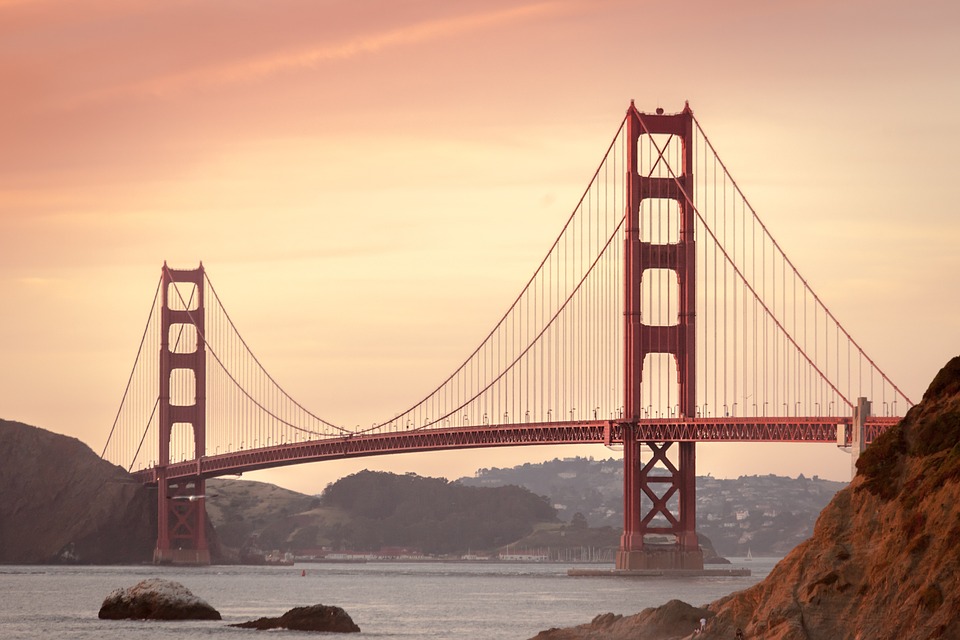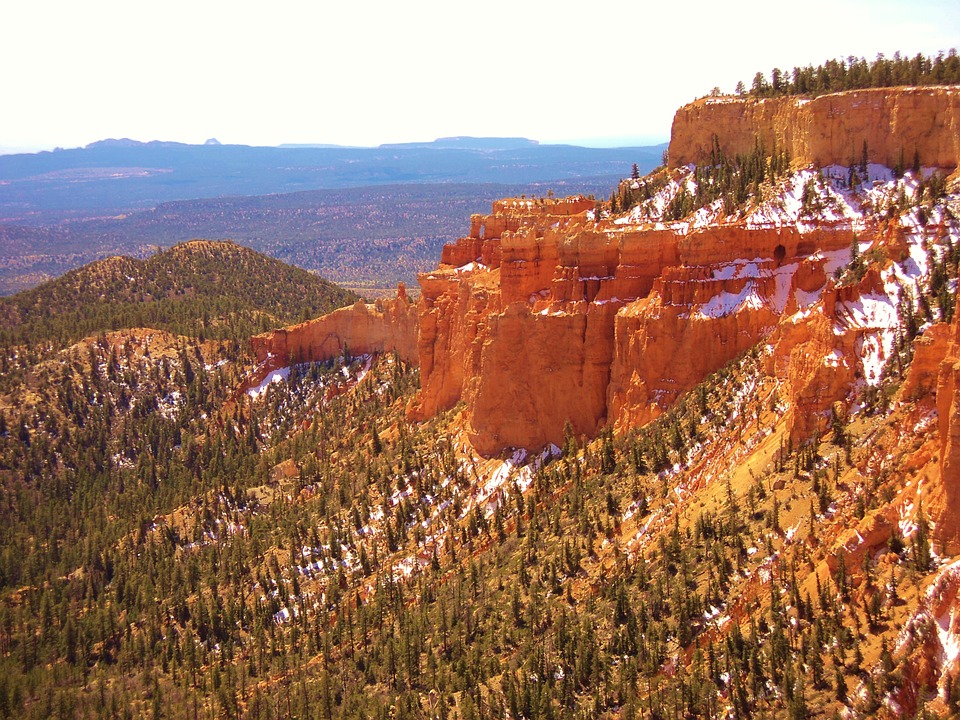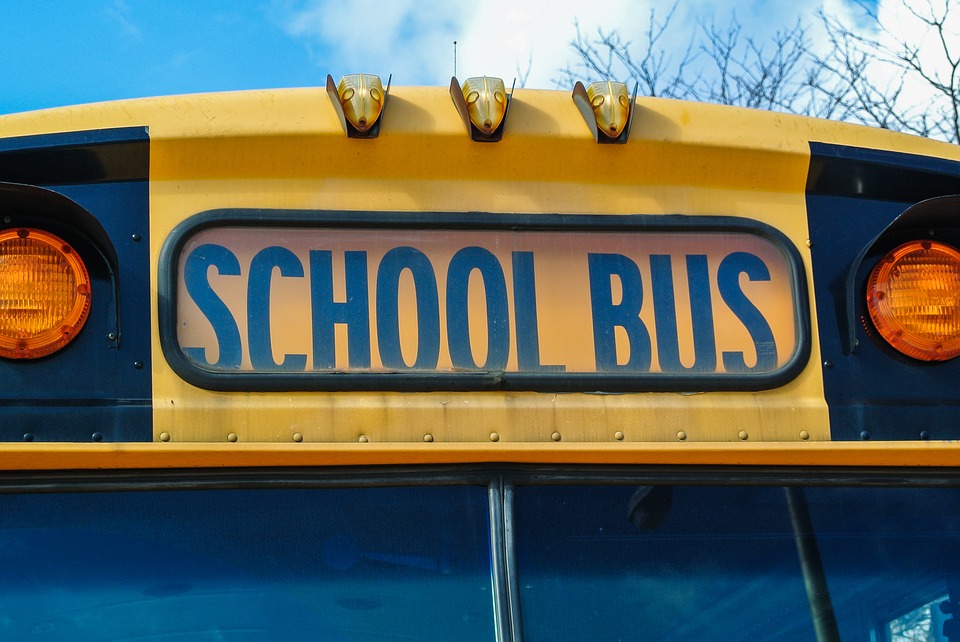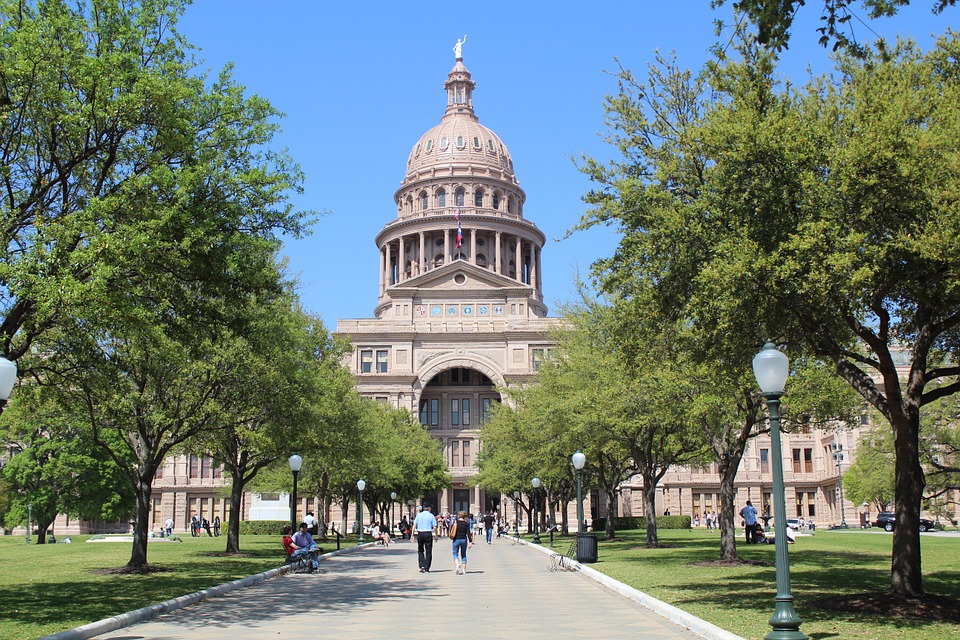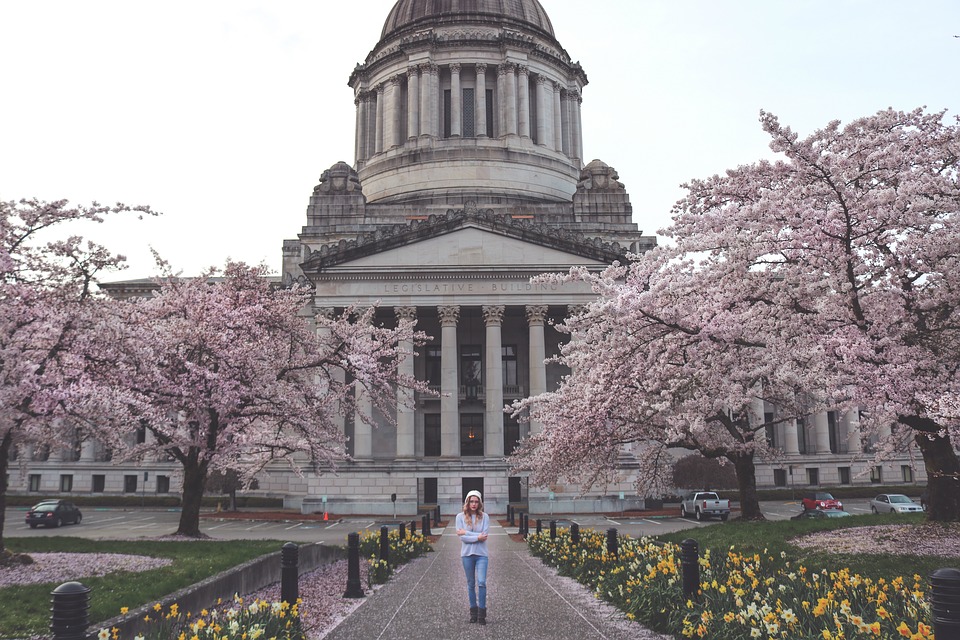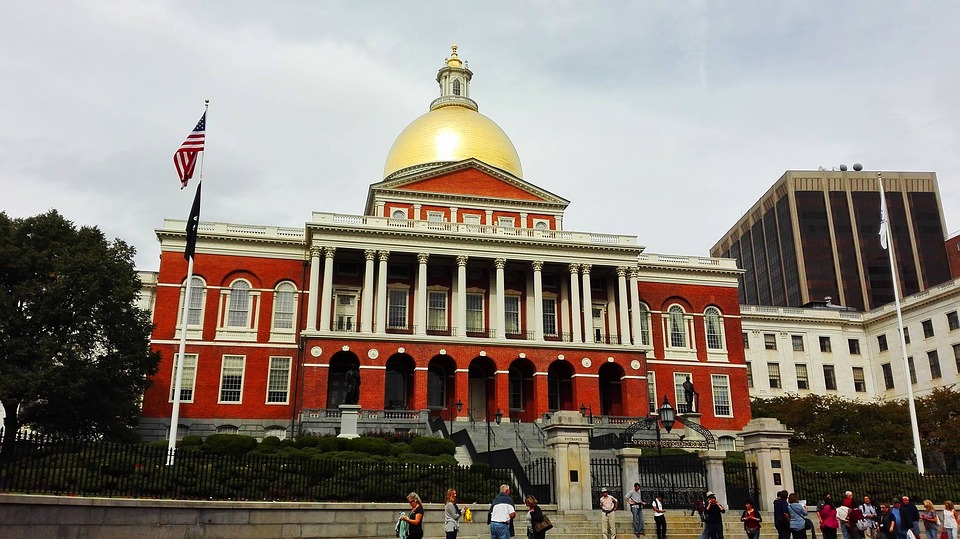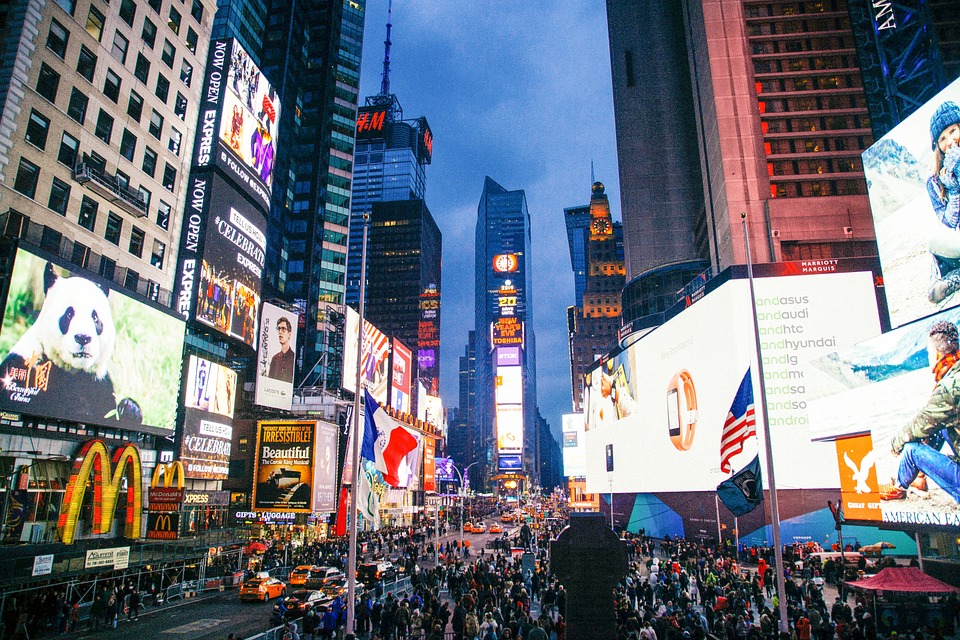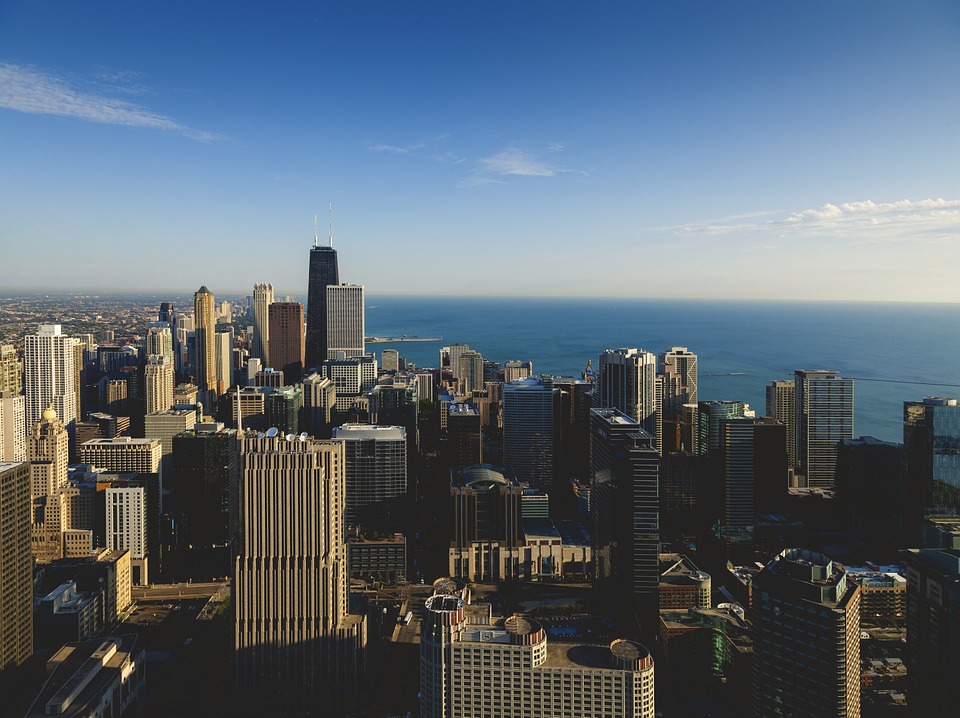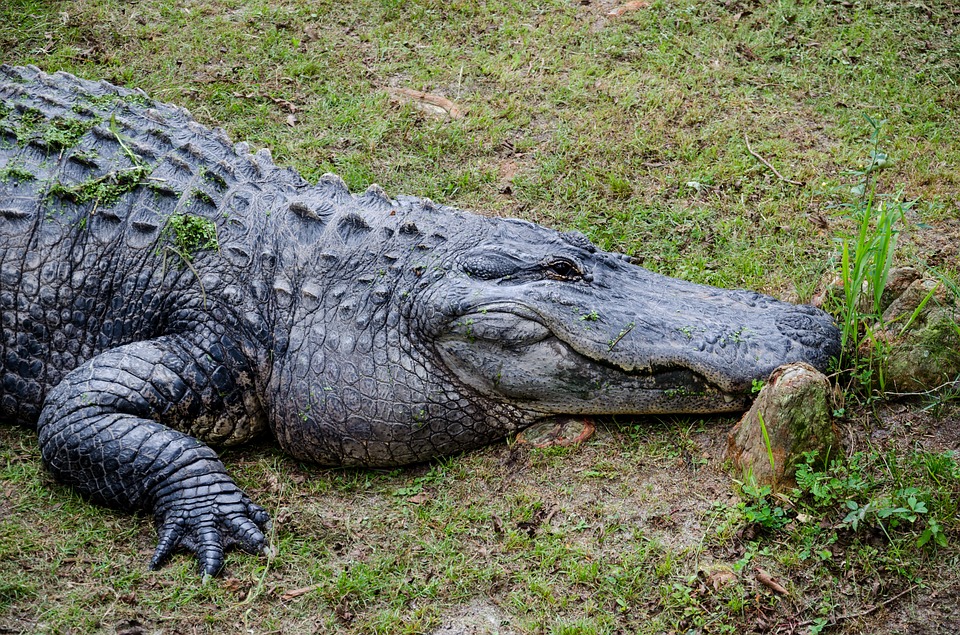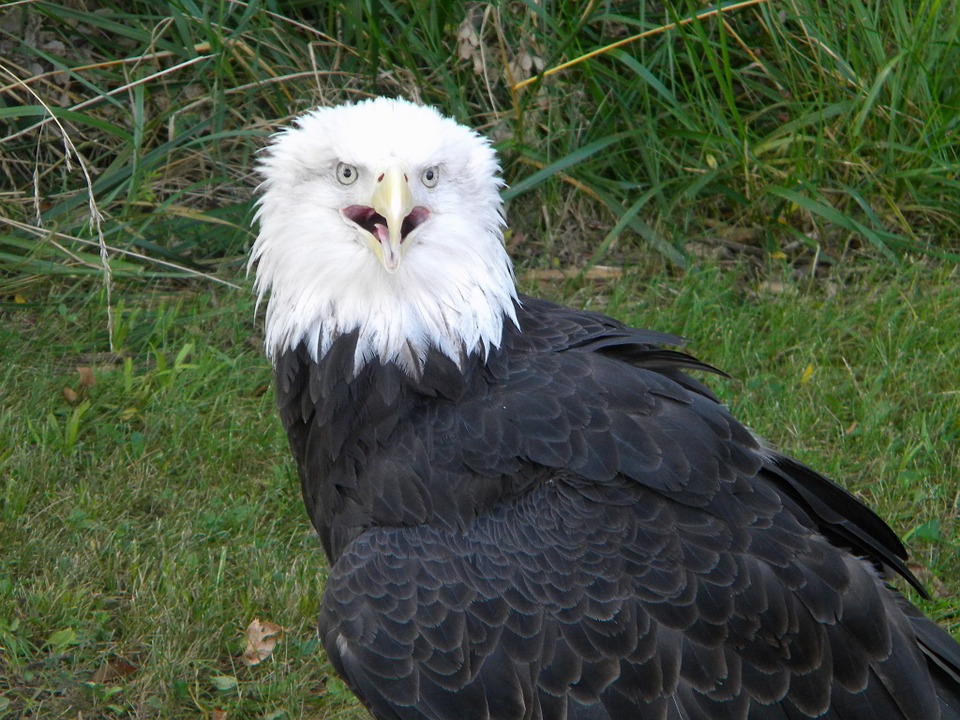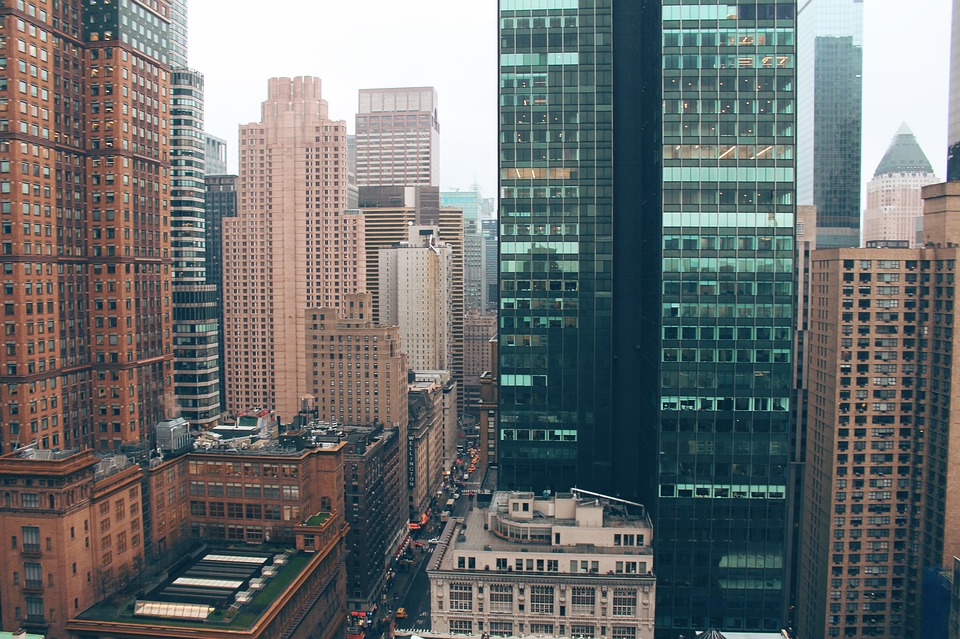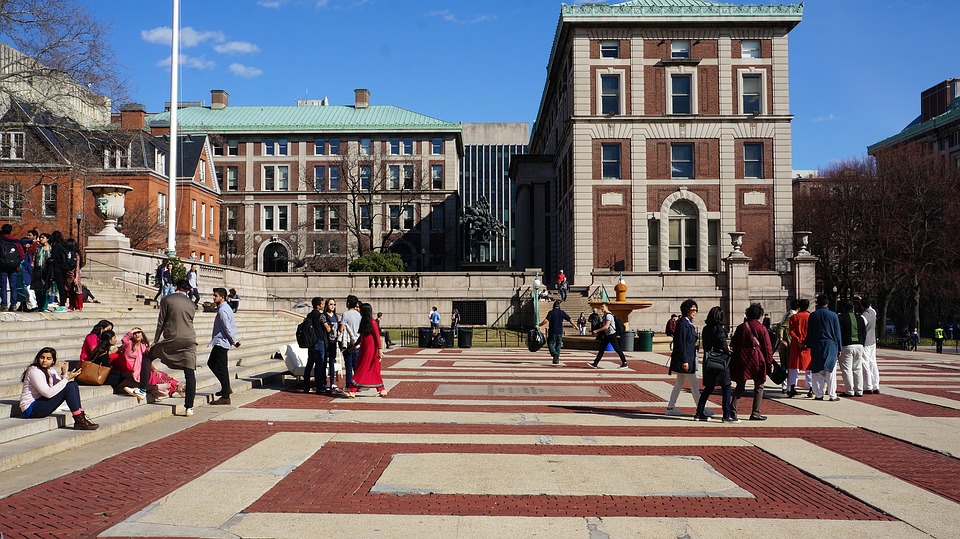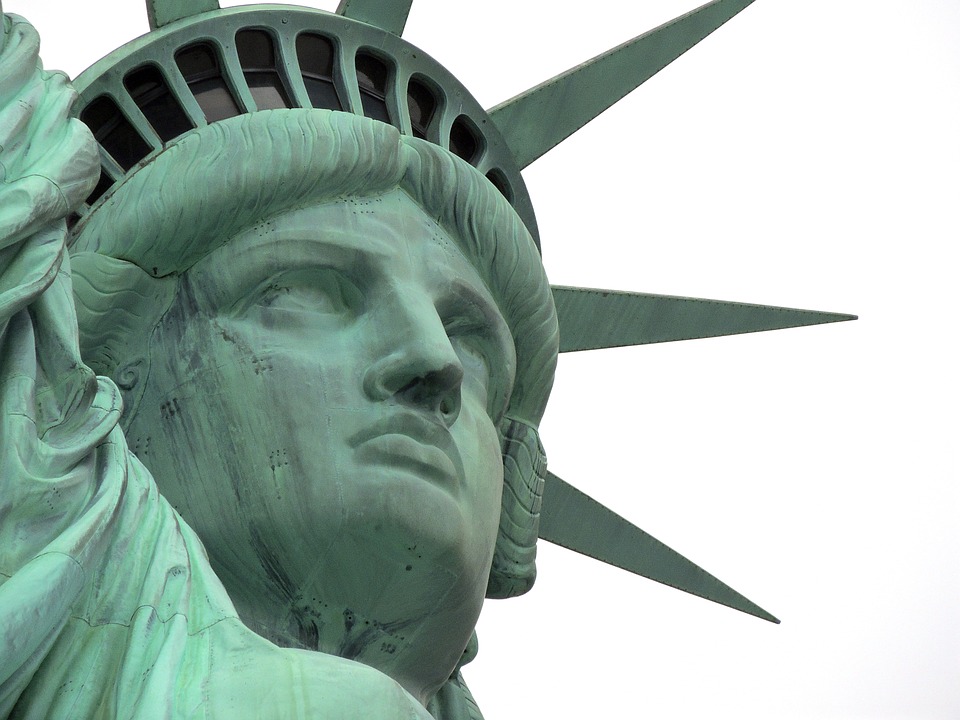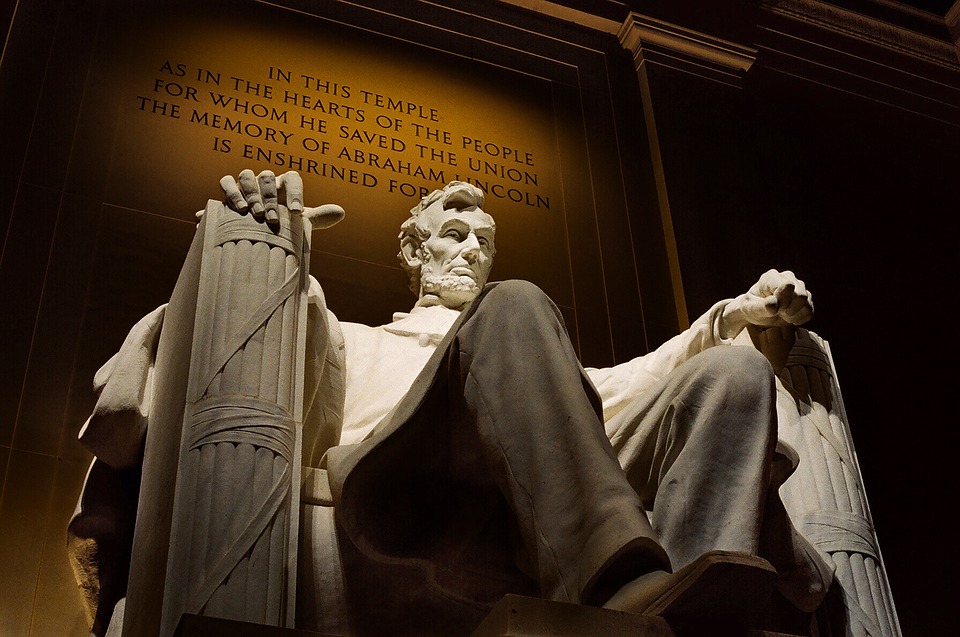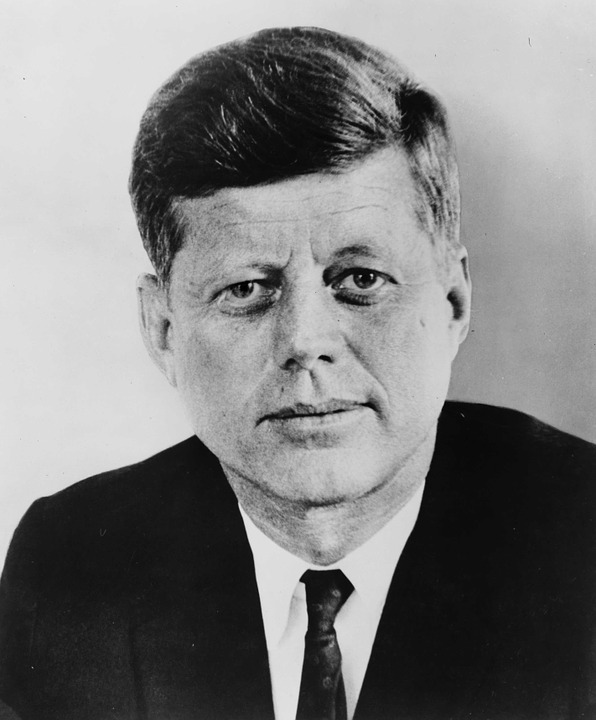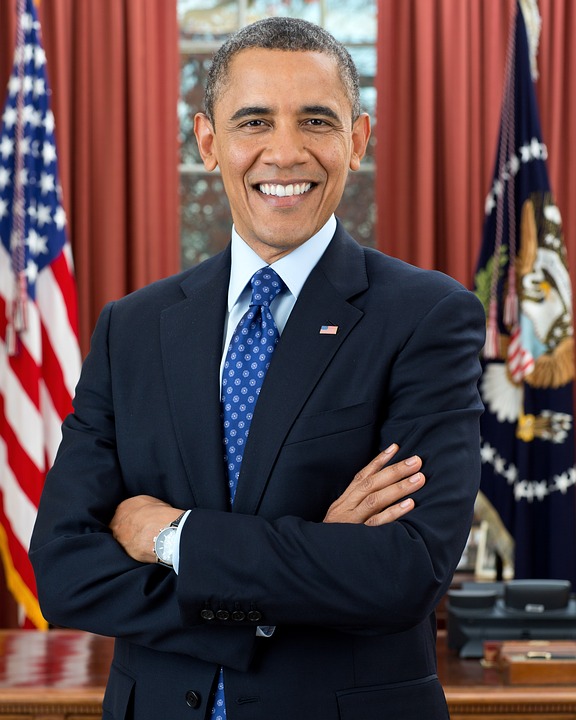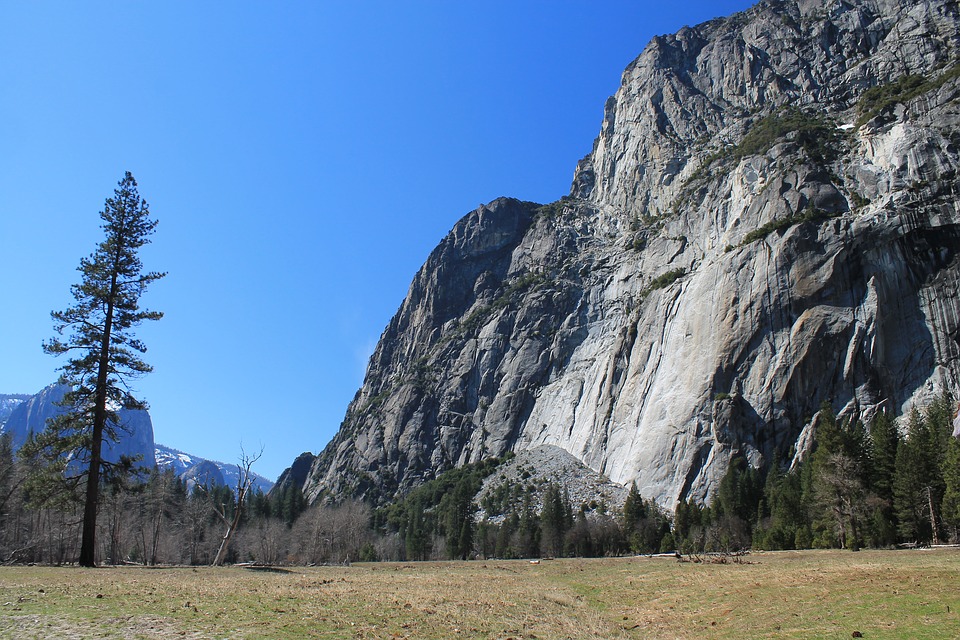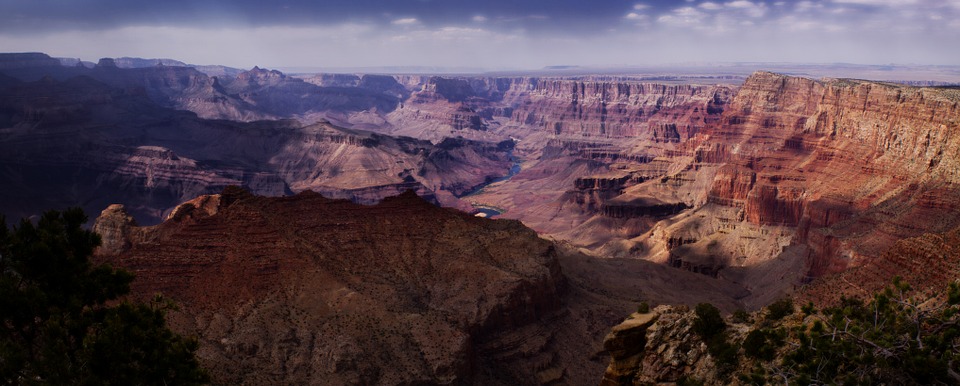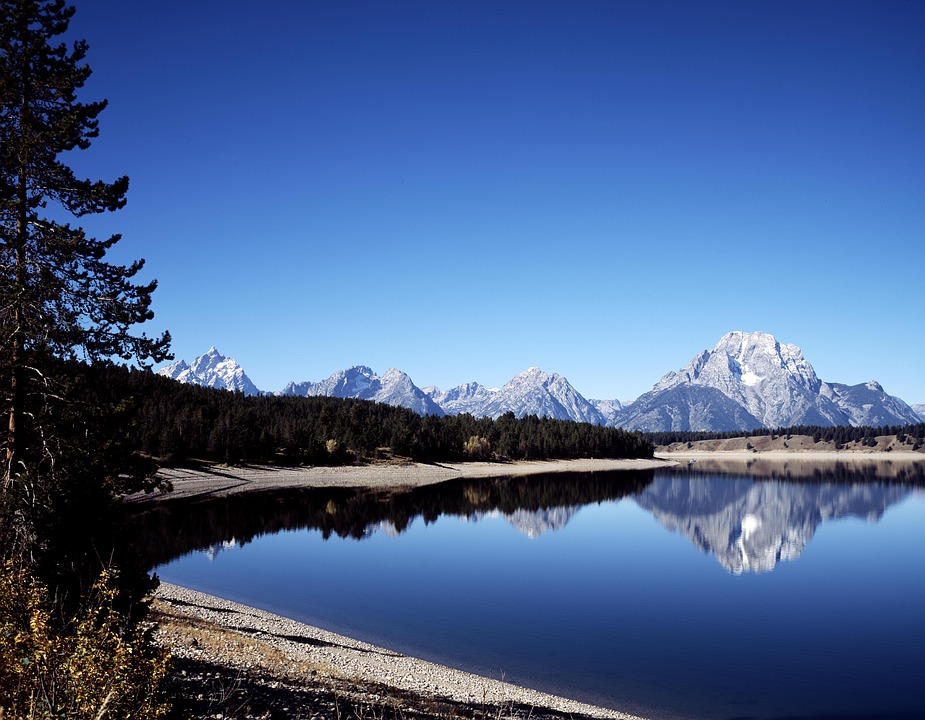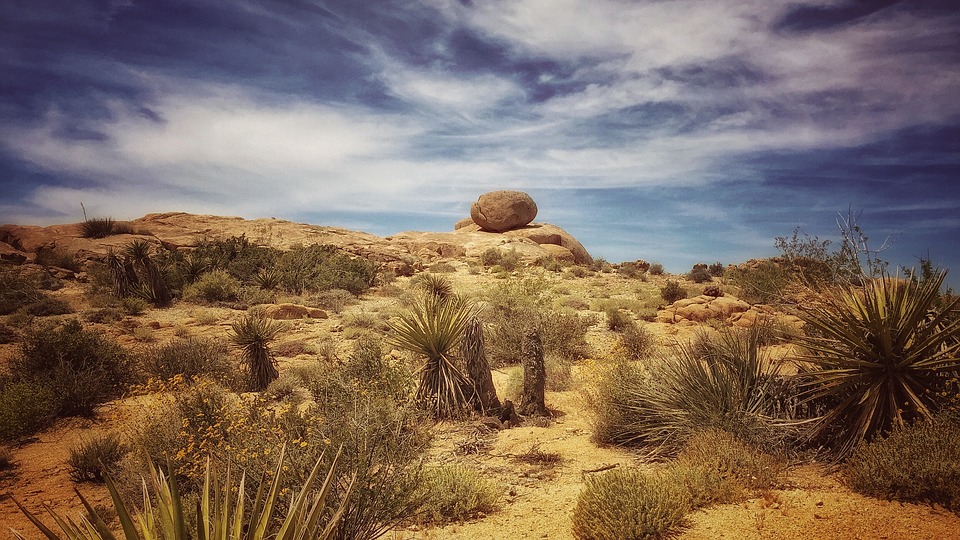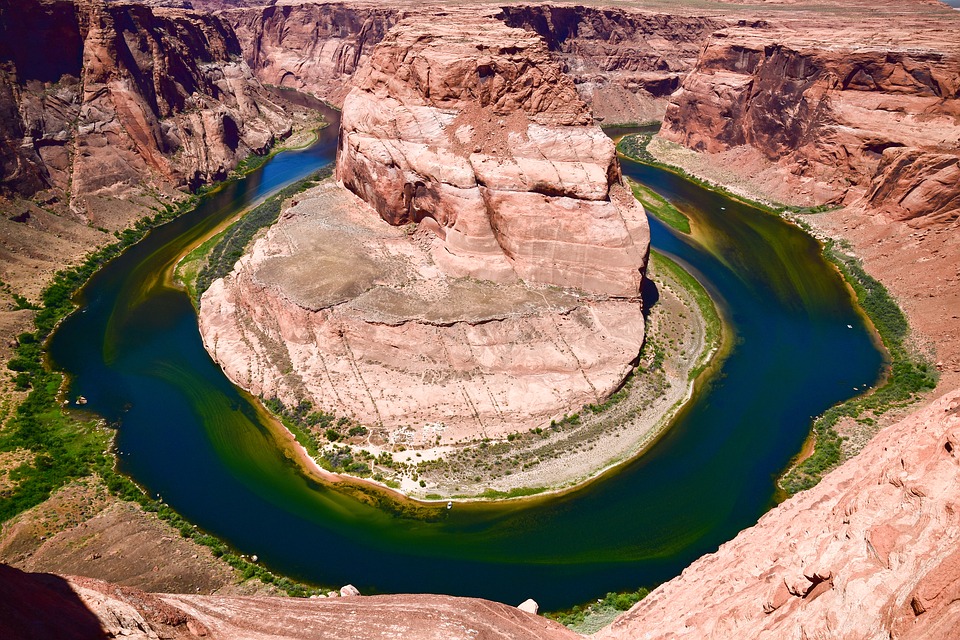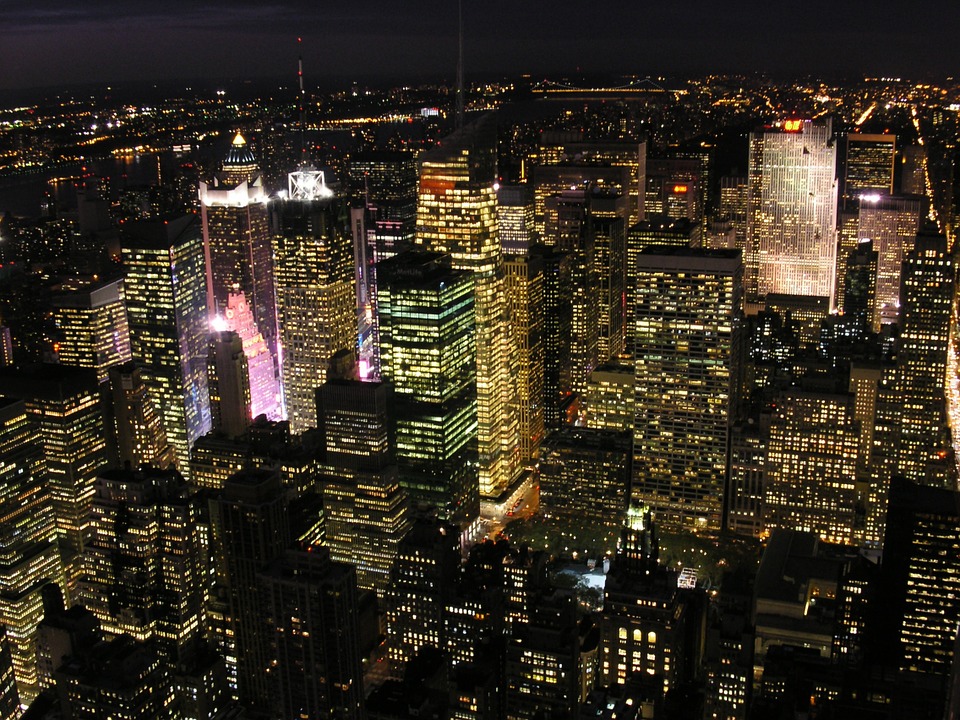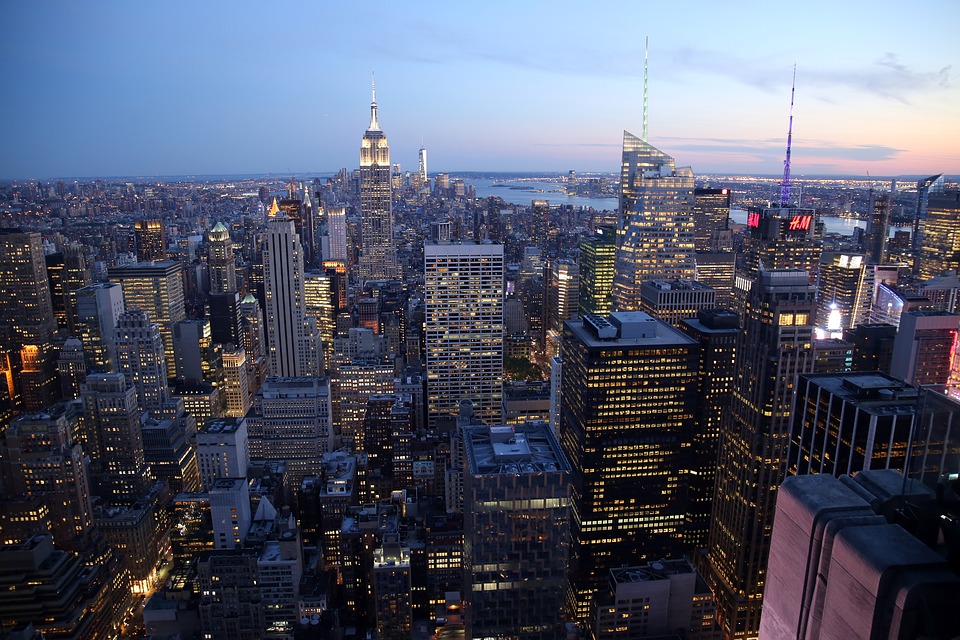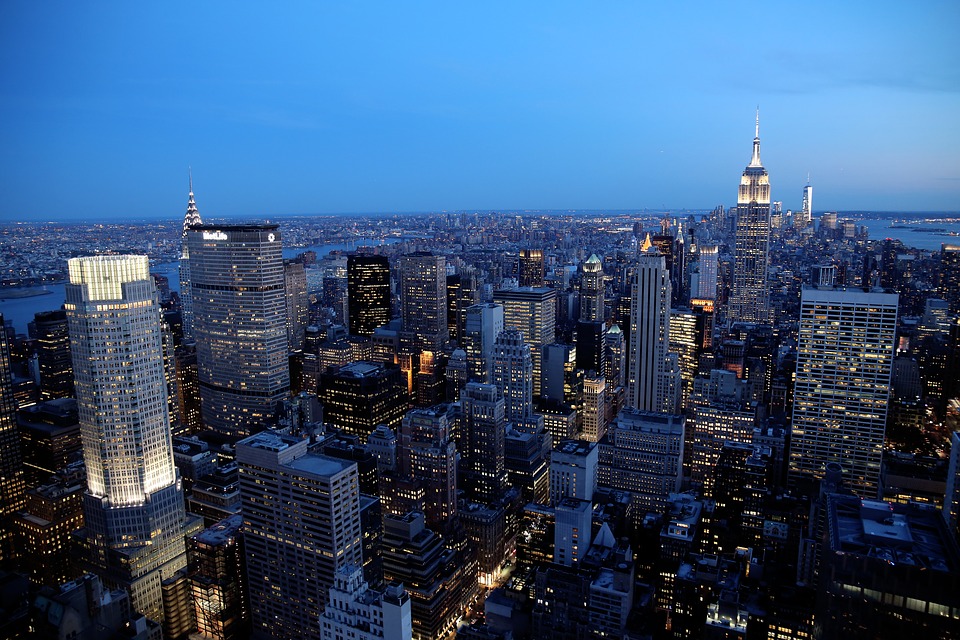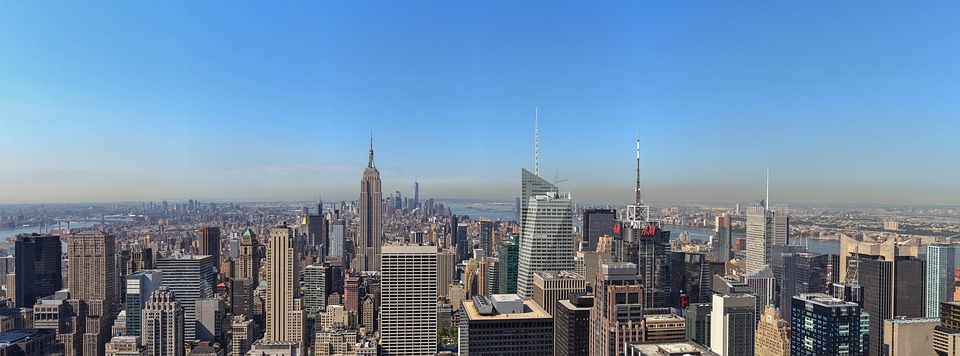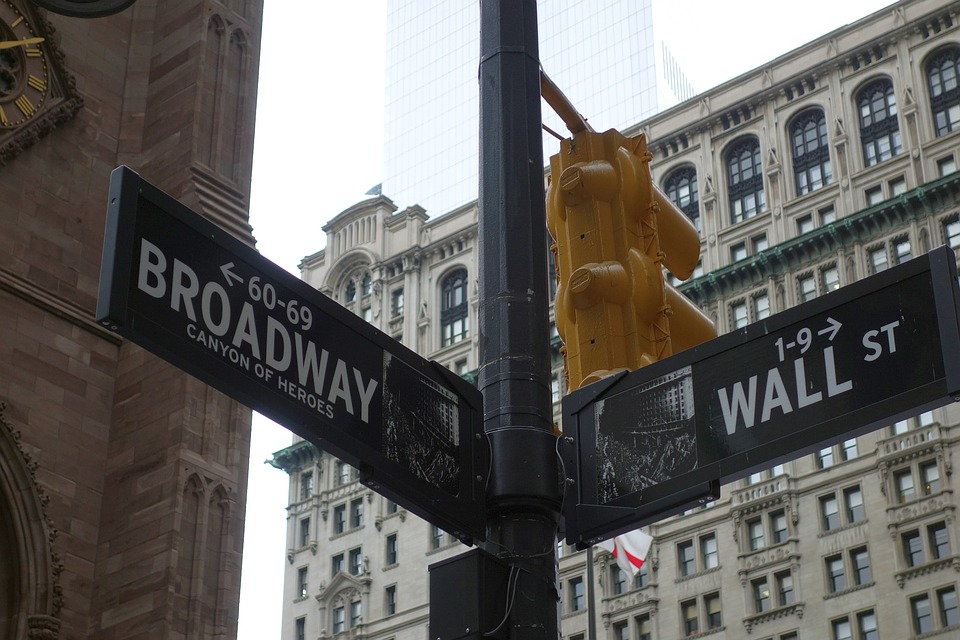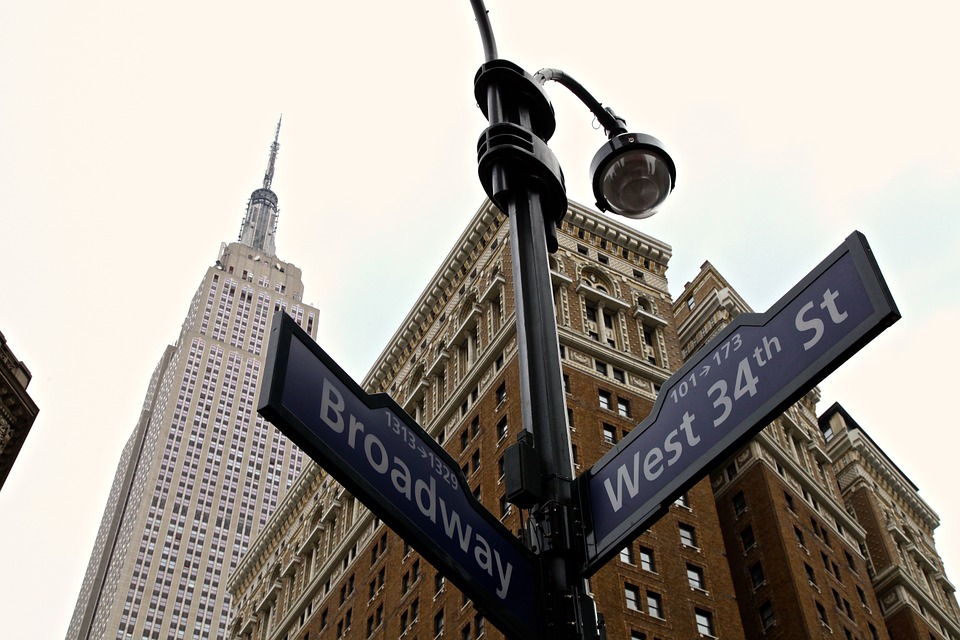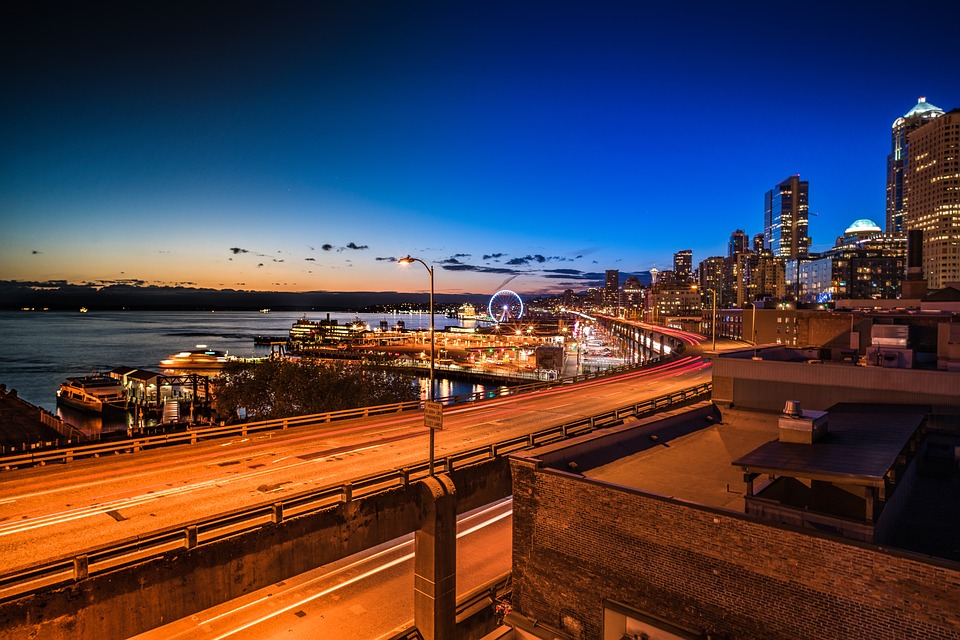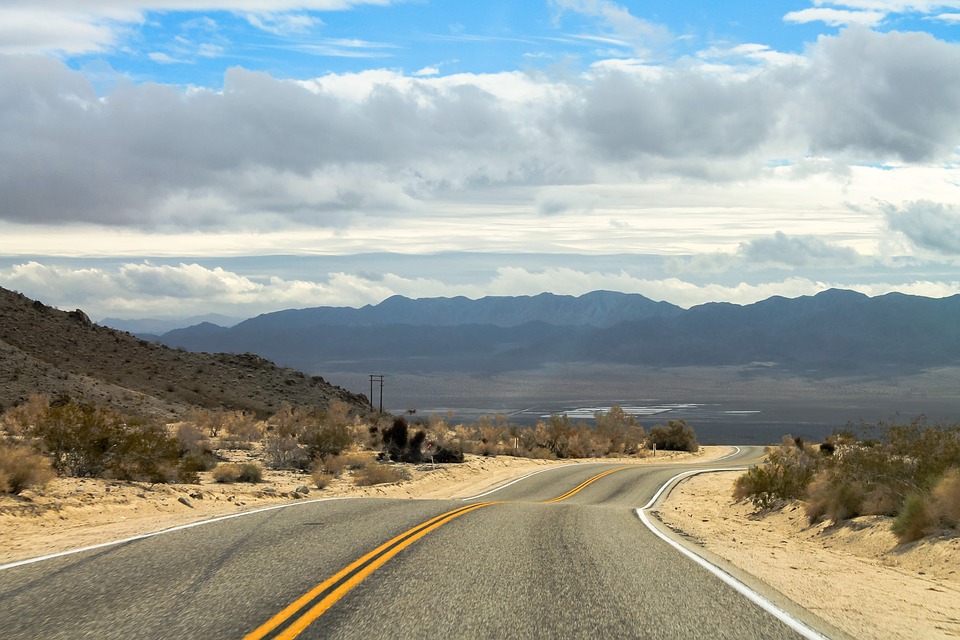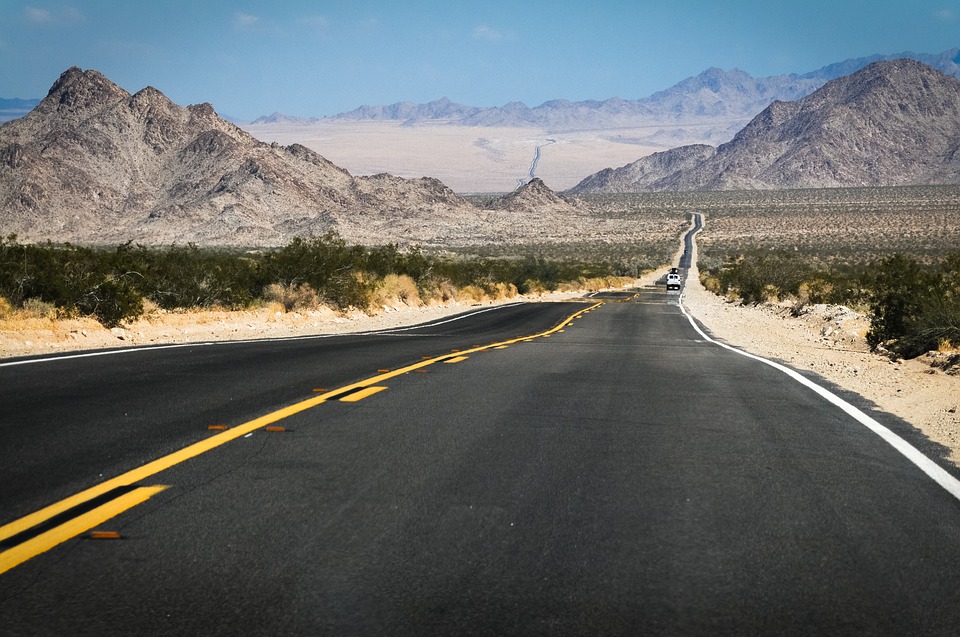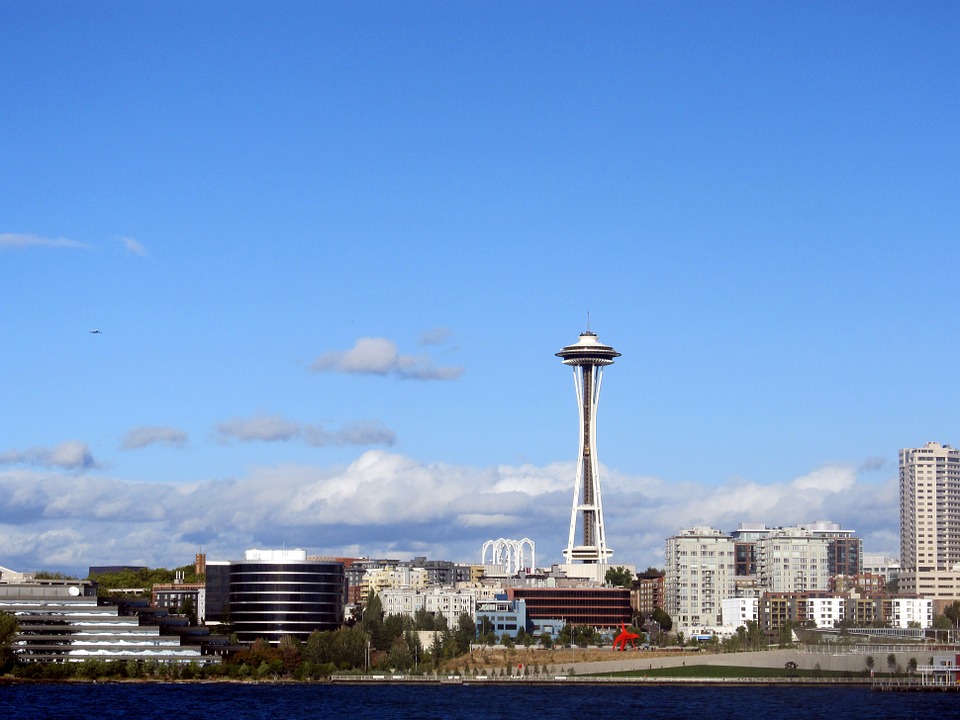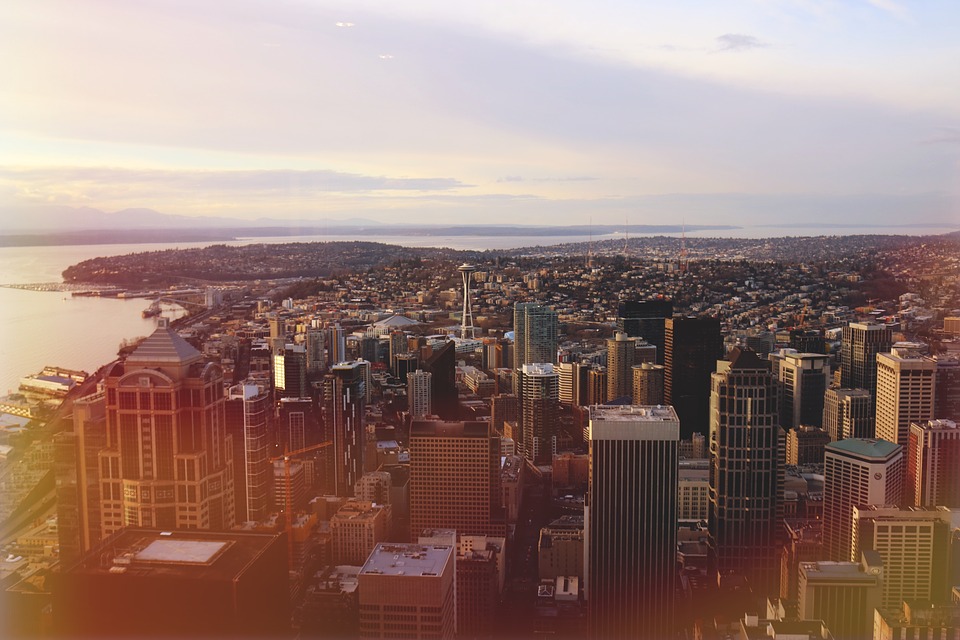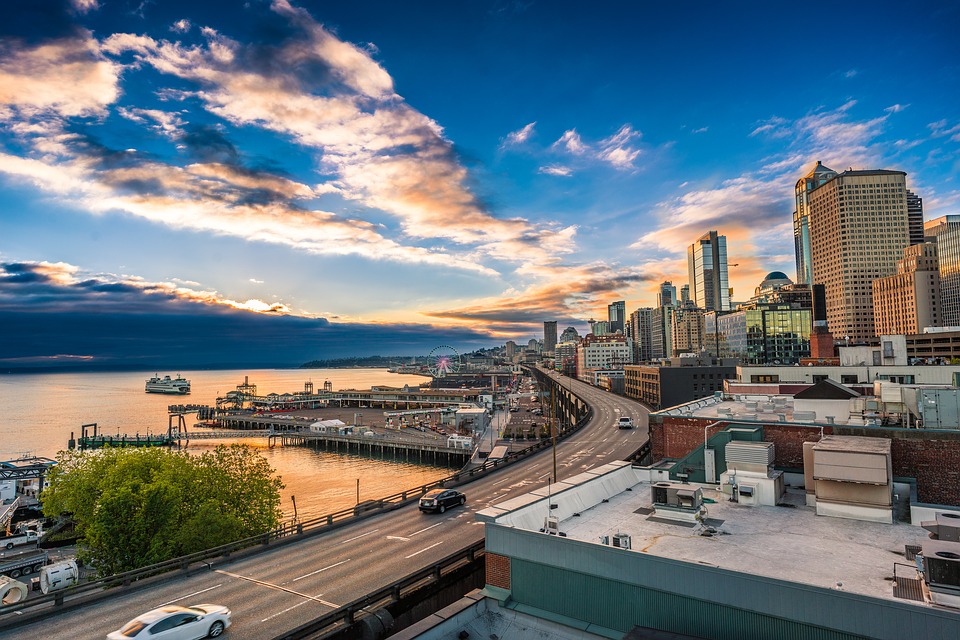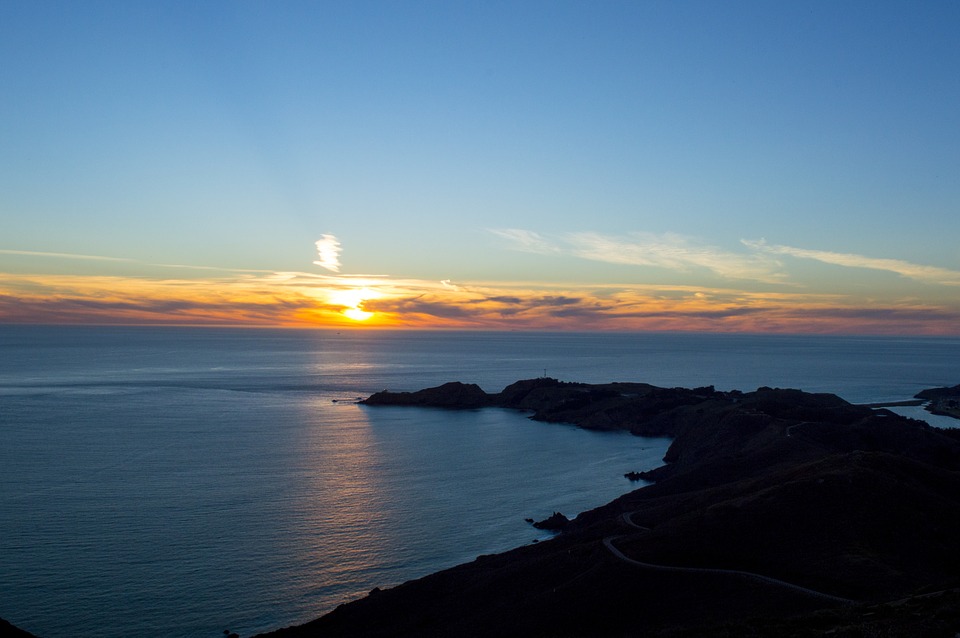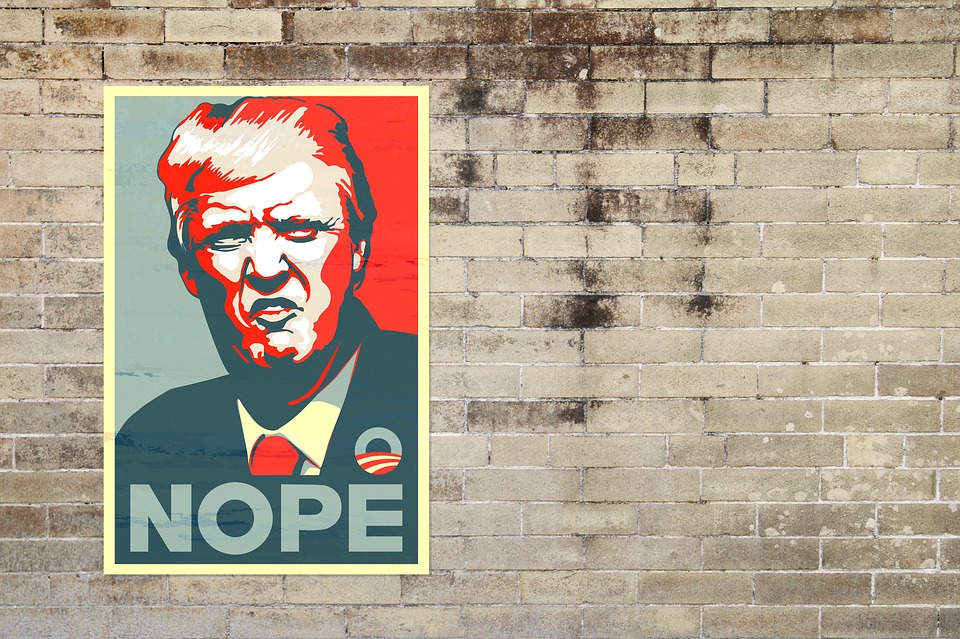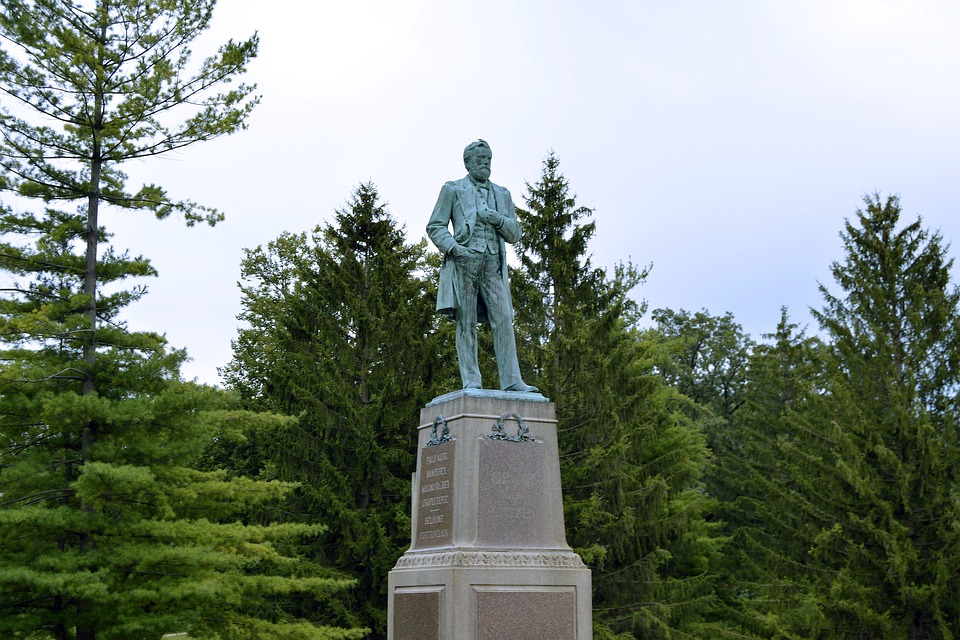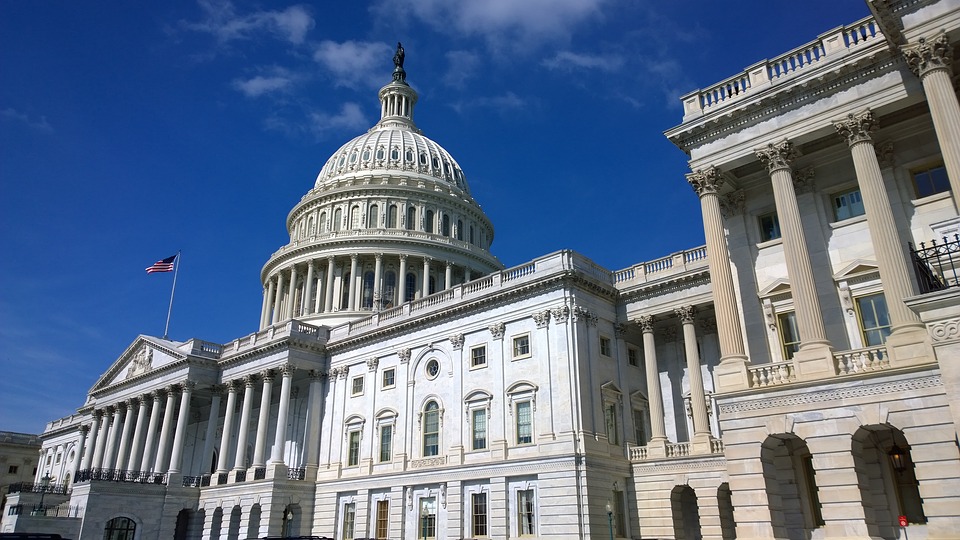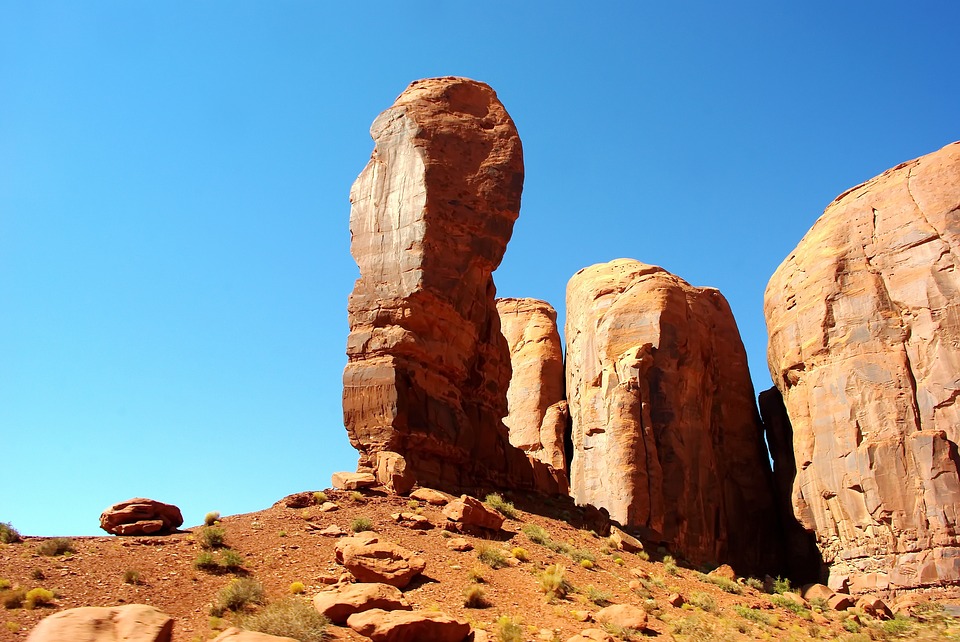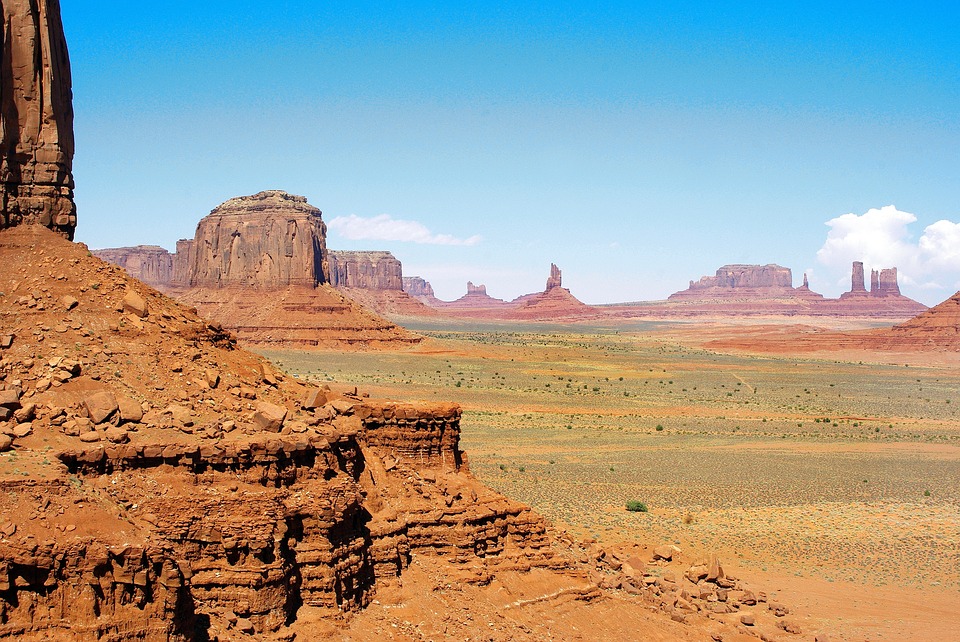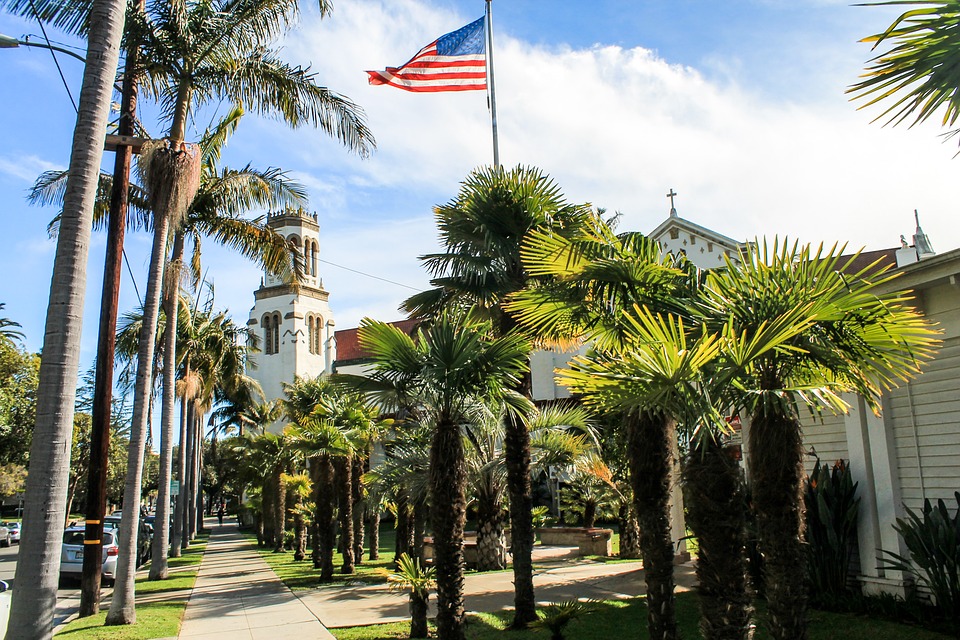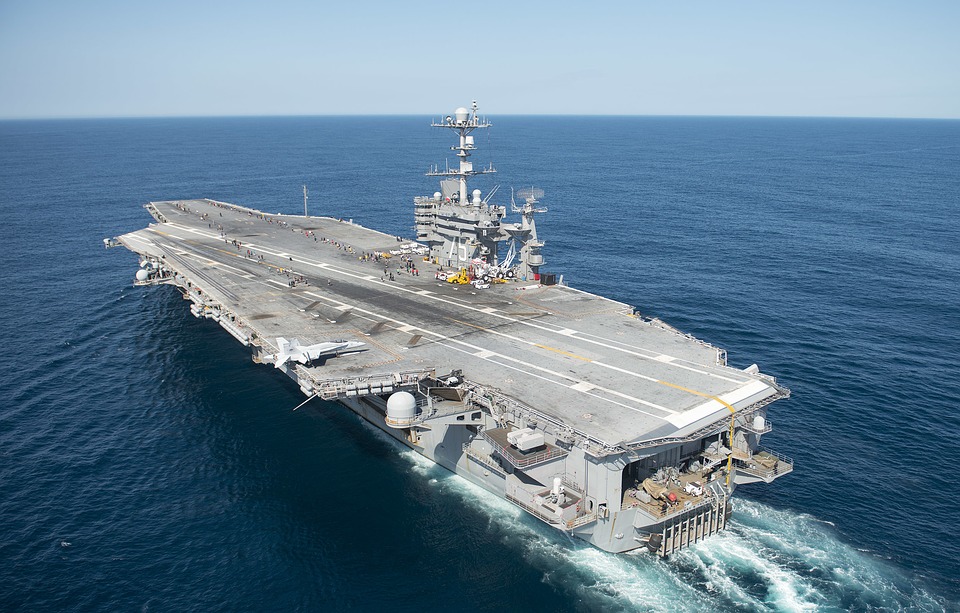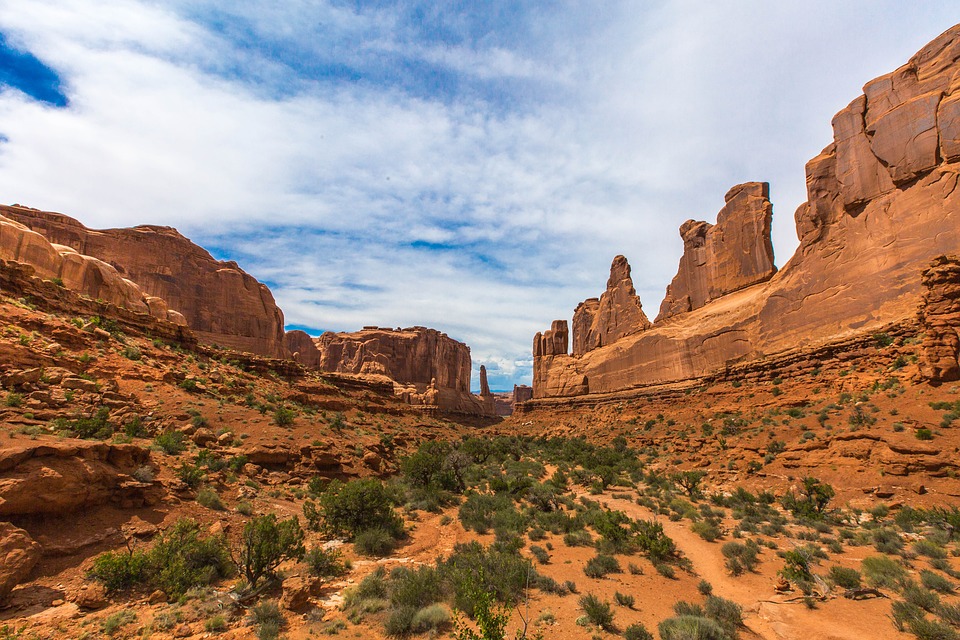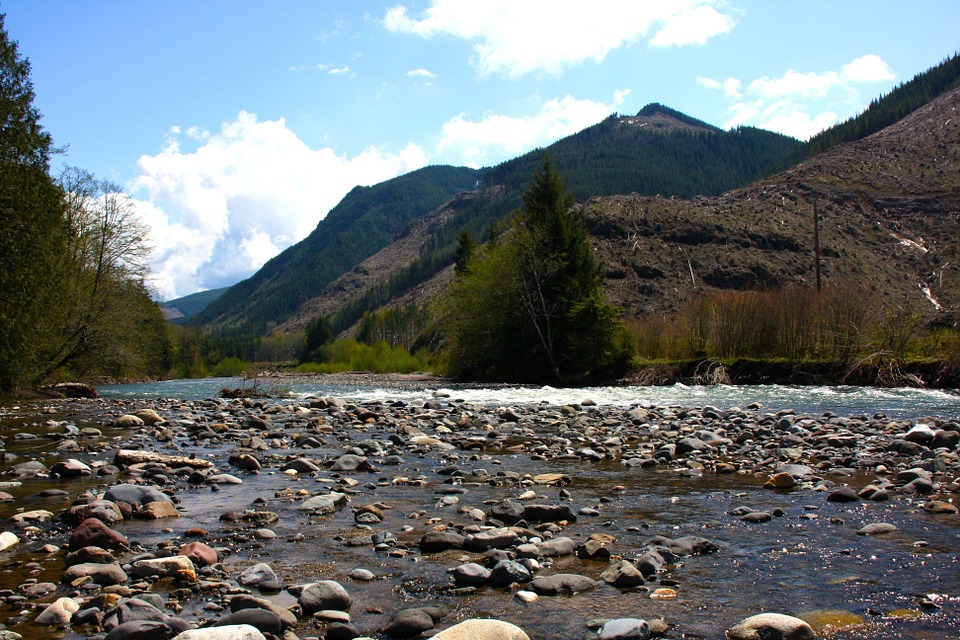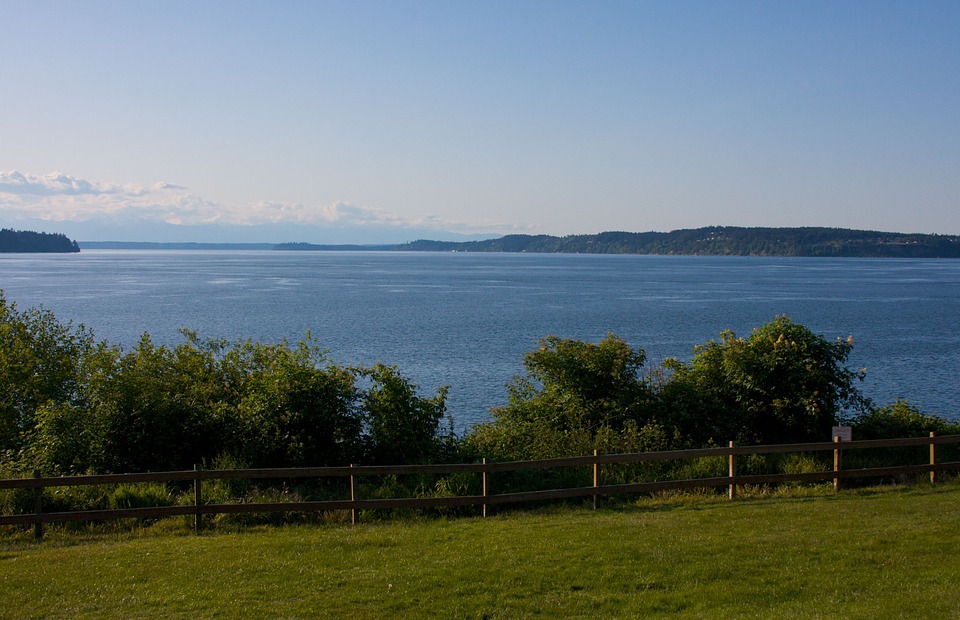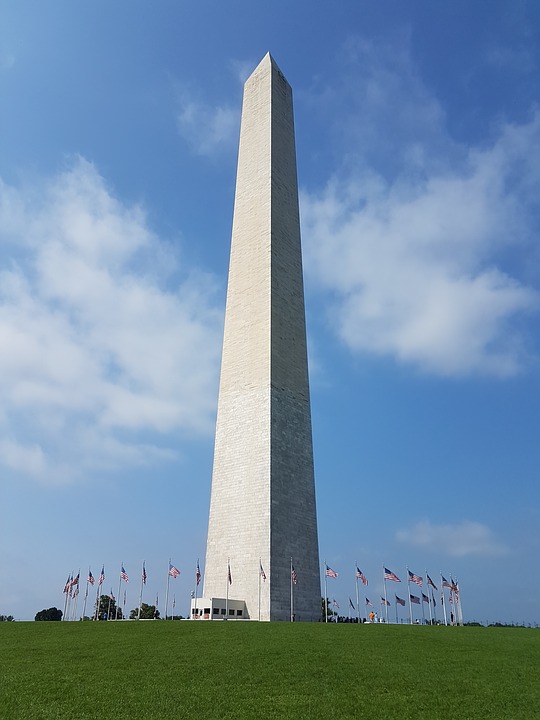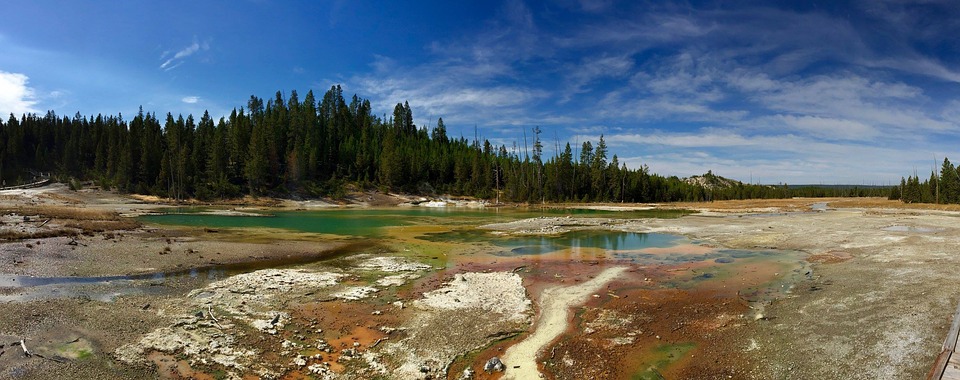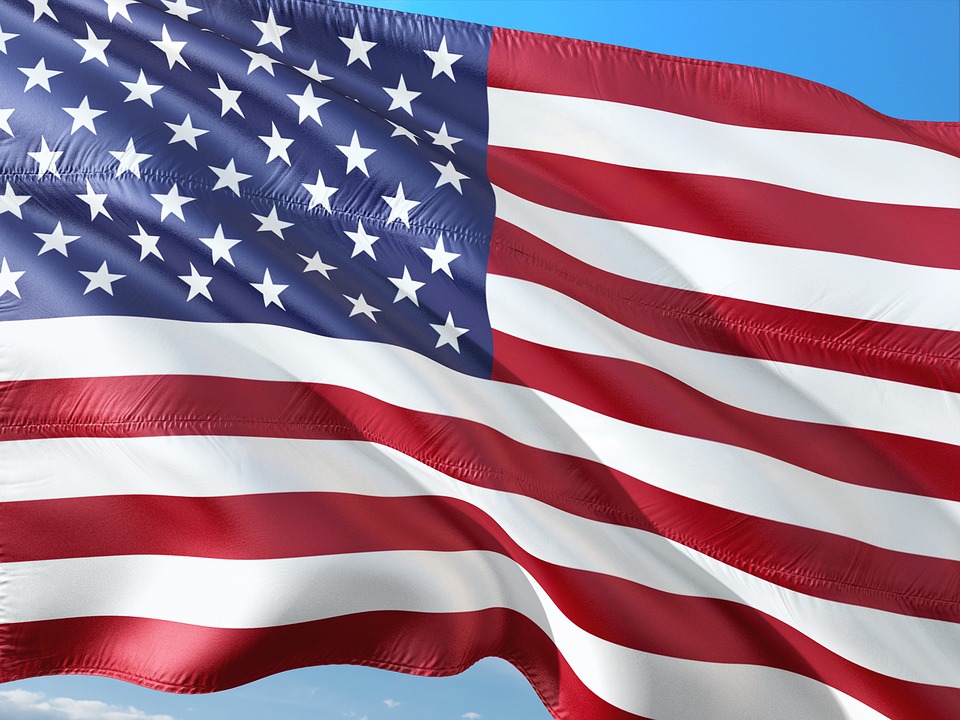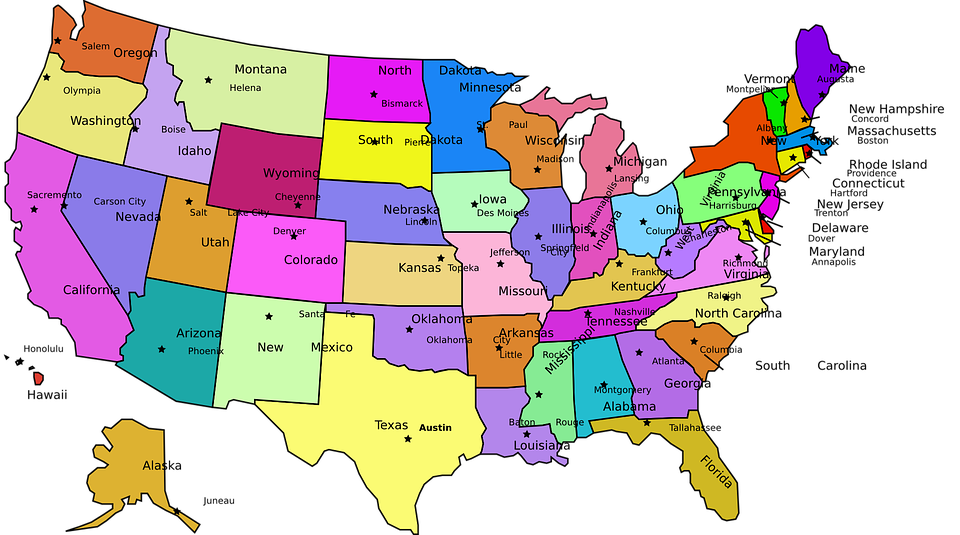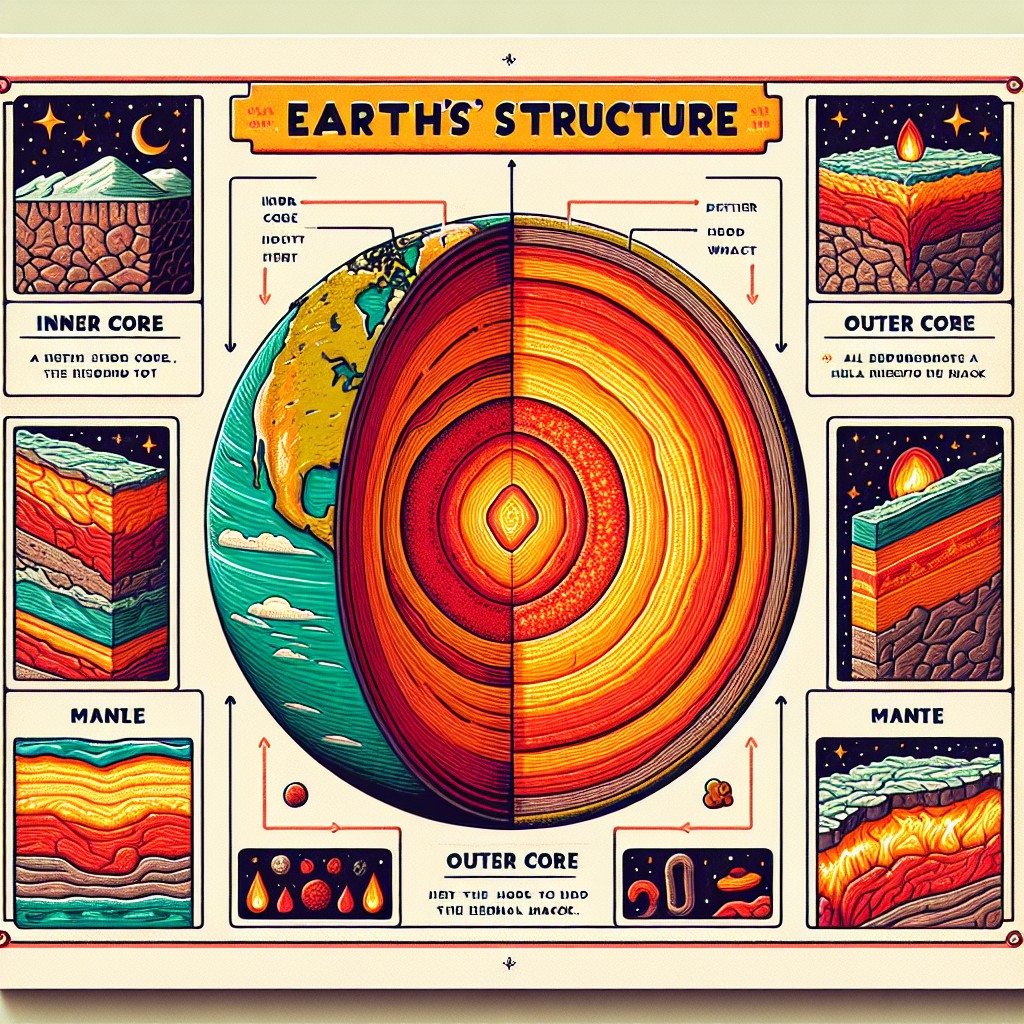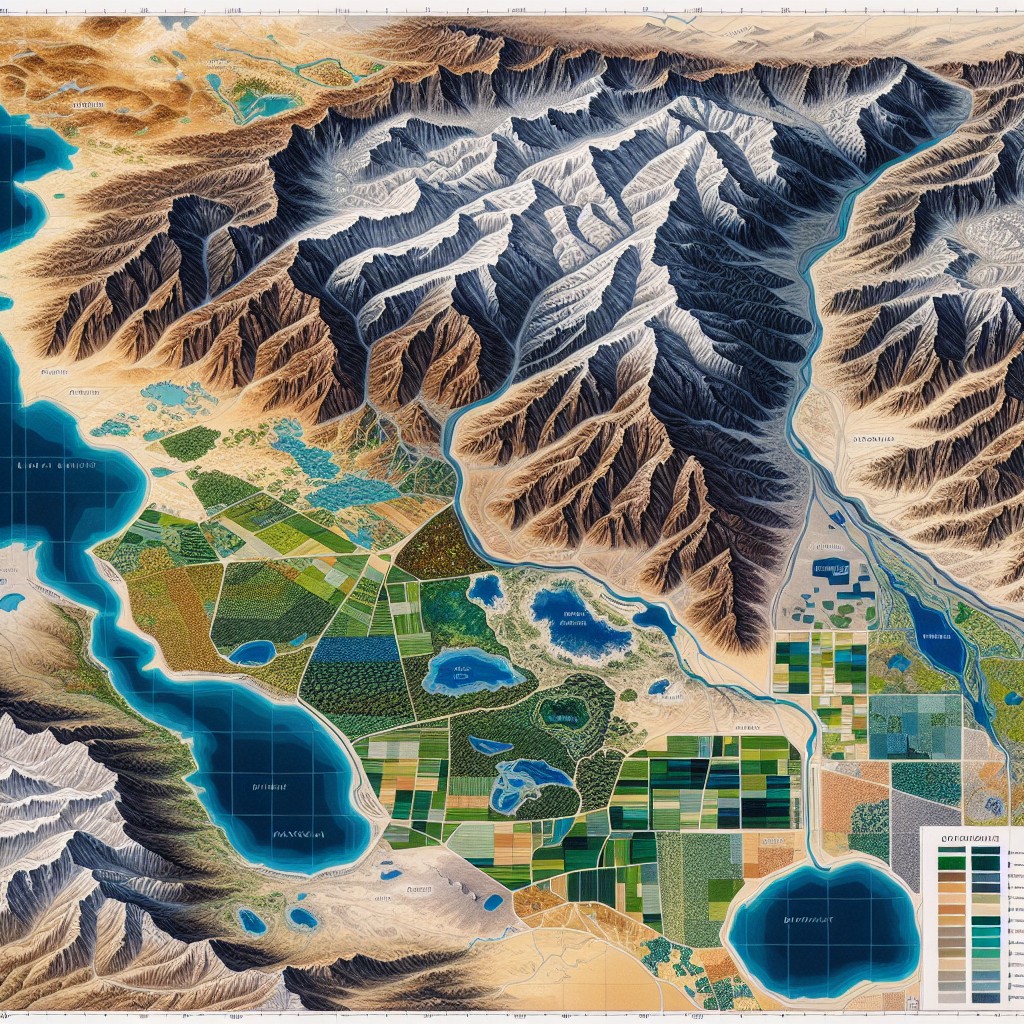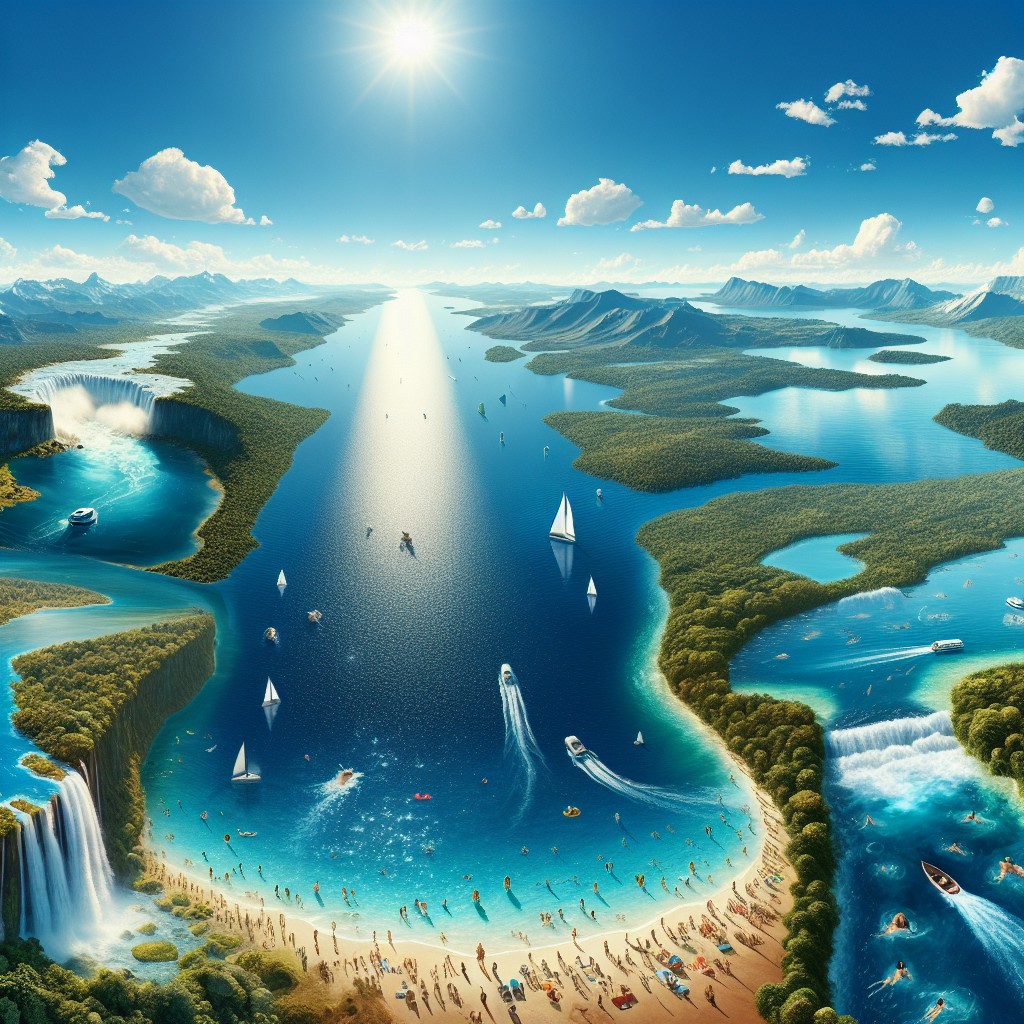United States of America

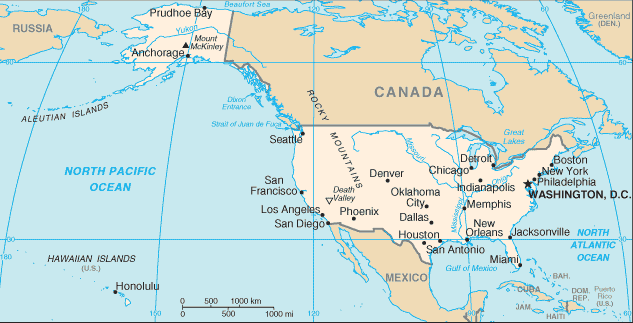
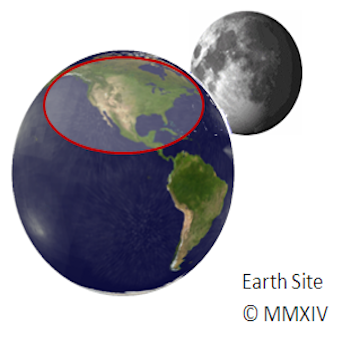
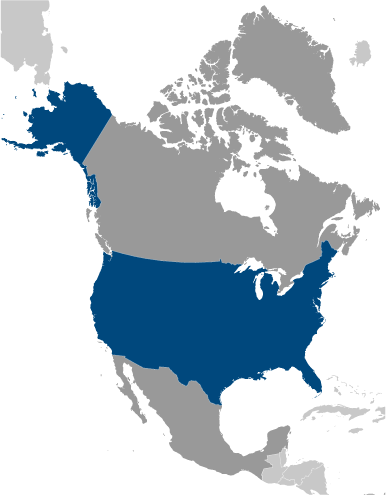
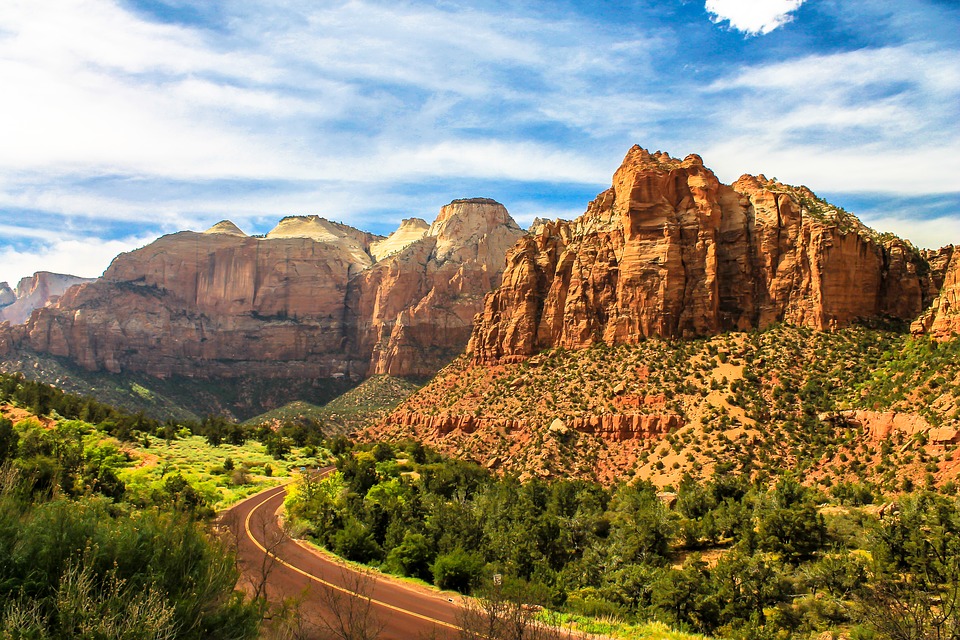
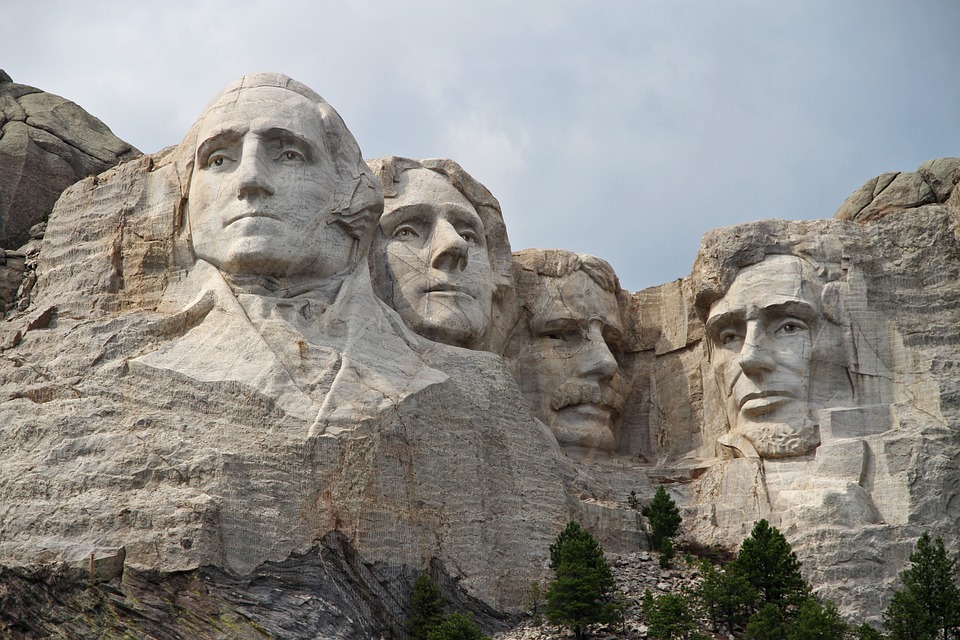
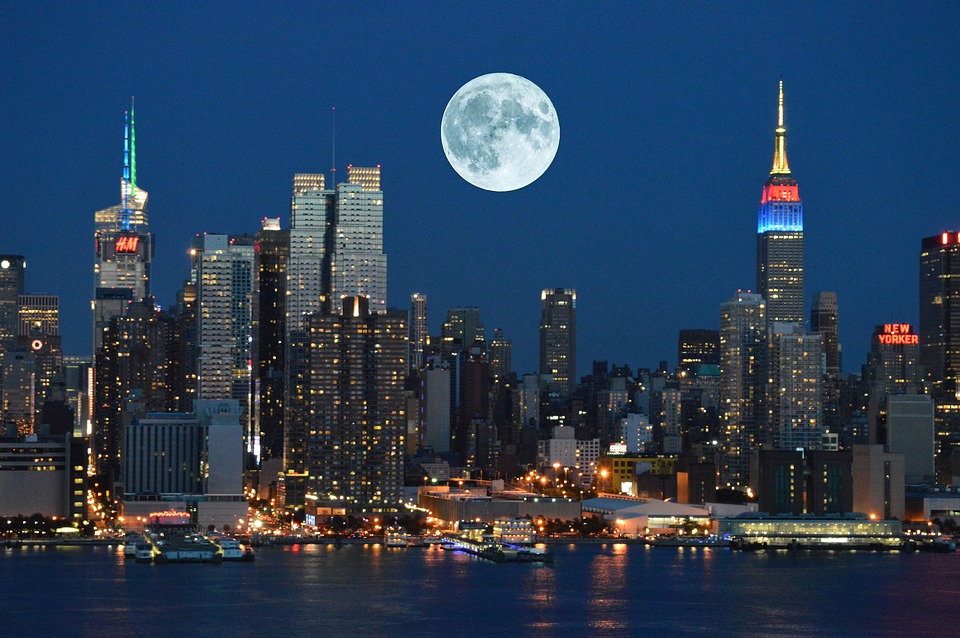
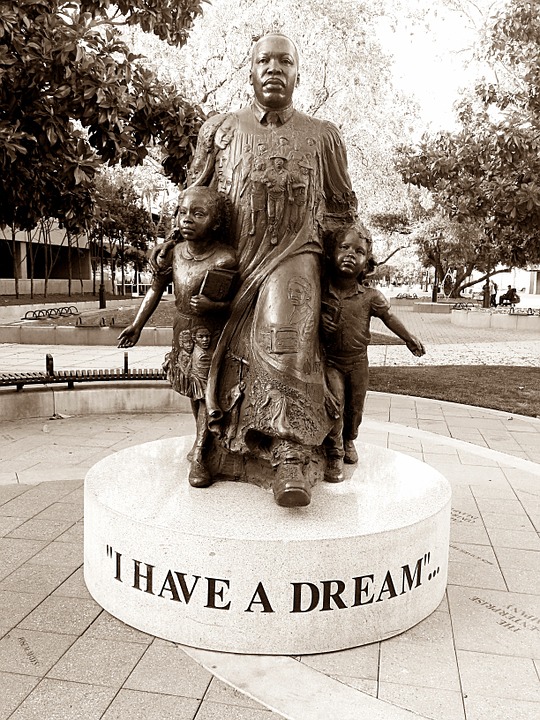
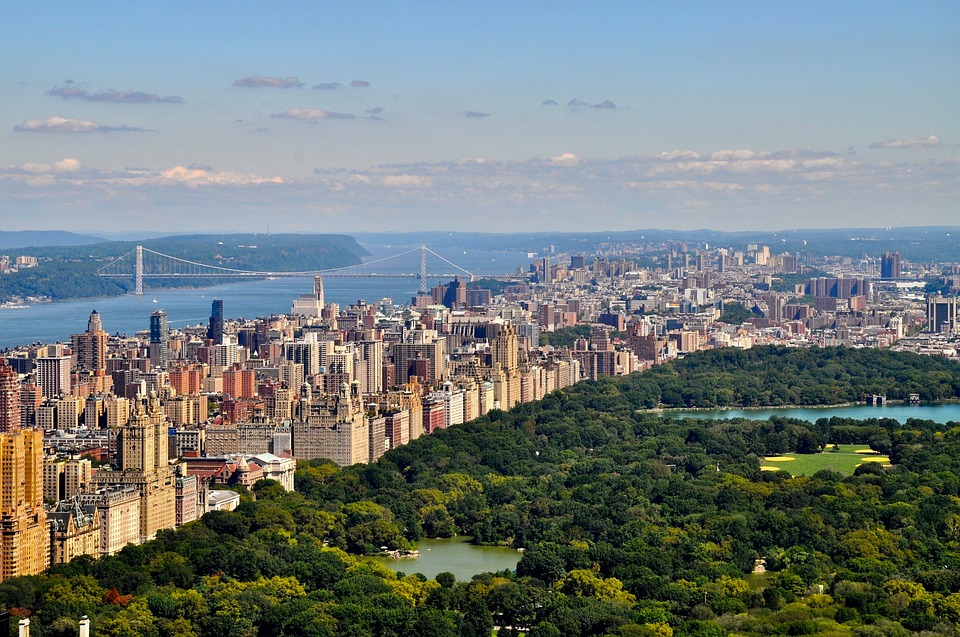
Capital: Washington, D.C.
Population (Estimated July 2012): 313,847,465
Area: 9,526,468km2 or 3,678,190mi2
Currency: United States Dollar (U.S.$)
Official Language: No official
(English Predominantly spoken)
Political Information: Federal Presidential Republic
Official Religion: No Official Religion (approximately 51.3% of the population is Protestant, 23.9% are Roman Catholic, 1.6% are other Christian, 1.7% are Mormon, 1.7% are Jewish, 0.7% are Buddhist, 0.7% are Muslim, 14.6% have other or unspecified religious beliefs and 4% have no religious beliefs)
Highest Mountain: Mount McKinley, Churchill Peaks and South Peak at 6,105m or 20,029.5ft
GDP Official Exchange Rate (OER is more precise at gauging a countries economic power)
(Estimated 2011): $15.06 trillion (US$) or (GBP)
GDP (OER) Per Capita (per member of the population estimated 2011): (US$) or (GBP)
GDP Purchasing Power Parity (PPP is good for gauging living conditions and use of resources but not as accurate as OER. This data has been calculated based on the sum value of all goods and services produced in the country valued at prices prevailing in the United States)
(Estimated 2011): $15.04 trillion (US$) or (GBP)
GDP (PPP) Per Capita (per member of the population estimated 2011): $48,100 (US$) or (GBP)
Time Zone (GMT/UTC): Between -5:00 and -10:00
Counties/Provinces/States: 50 states and 1 district*;~
Alabama, Alaska, Arizona, Arkansas, California, Colorado, Connecticut, Delaware, District of Columbia*, Florida, Georgia, Hawaii, Idaho, Illinois, Indiana, Iowa, Kansas, Kentucky, Louisiana, Maine, Maryland, Massachusetts, Michigan, Minnesota, Mississippi, Missouri, Montana, Nebraska, Nevada, New Hampshire, New Jersey, New Mexico, New York, North Carolina, North Dakota, Ohio, Oklahoma, Oregon, Pennsylvania, Rhode Island, South Carolina, South Dakota, Tennessee, Texas, Utah, Vermont, Virginia, Washington, West Virginia, Wisconsin, Wyoming
Leaders: President Donald J. TRUMP (since 20 January 2017); Vice President Michael R. PENCE (since 20 January 2017); note – the president is both chief of state and head of government
Additional: The United States of America declared its independence from Great Britain on the 4th of July 1776 which was recognised by Britain on the 3rd September 1783.
Sources: CIA World Fact Book, Encyclopaedia Britannica.
